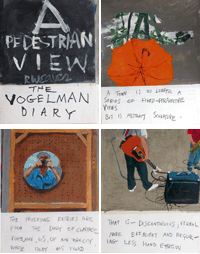In the 1980s, frustrated by the increasing restrictions in the field of magazine design, Weaver shifted the focus of his activities more and more to teaching at the New York Visual School of Arts and expanded a loose sequence of diary-like motif books he began with in the 1970s to form an independent complex of artistic works that, in the words of the composer and comic artist Peter Blegvad, was “at least twenty years ahead of its time.”
These so-called Split-Level Books succinctly combine the montage techniques Weaver had introduced into illustration art in the 1960s: “Since I didn’t have any background in commercial art, I did some radical things. I was the first to break up the illustration space into two or more activities, happening at once in different parts of the work. I was condensing ideas: in the same way as in speech one can say I went to Paris, then I went to Rome – which covers a large geographical spectrum – I was packing several actions into pictures.”
He had been inspired to divide the illustration space into several simultaneous levels by Andy Warhol’s film “Chelsea Girls” from 1964, in which he and director Paul Morrisey had experimented with multi-screen projections and split-screen.
The sequential Split-Level Books, however, consisted in much more than pure continuations of these experiments; they were basically visualisations of his reflections on the specific artistic possibilities of the print media.
“For the visual artist, what is unique about the book, and by extension, the magazine is (a) in no other medium does the artist use both sides of the same material and (b) in no other visual medium can he produce a work that has a beginning and an end.” For Weaver, this procedure of leafing over becomes the equivalent to the way of a stream of perception and consciousness functions, in which one moment gives way to the next and is superimposed through memory. The multi-track design of the books is mostly composed like a piece of music, with the melody on one track and the beat on another. An asynchronous text track often runs parallel.
The MePri collection includes an excellent copy of Weaver’s illuminated books, the 51-page opus “A Pedestrian View / The Vogelman Diary” from 1982. It is divided into an upper, prosaic picture half, the level rendering the view of the pedestrian, and a bottom poetic text strip containing aphoristic excerpts of a dairy by a certain Clarence Vogelman. These are reflections on the weightless state of flying and dreaming that in its continuous unwinding is equated with the illuminated scroll, while the more discontinuous medium of the book is equated with the waking state. When browsing through the book, both levels soon merge in a hallucinatory way when Vogelman’s reflections start fading into the flow of alternating street-level and bird’s-eye views of street scenes. Weaver’s masterly brushed bird’s-eye views of pedestrians are pure ukiyo-e images of a world drifting by, and he actually succeeds in transcending the discontinuous medium of the book into a hovering state of peripheral perception like in a picture scroll.
As he stated in several interviews, Weaver delved into the history of both reportage drawing and sequential art in great detail: the narrative forms of continuous narration in medieval and early Renaissance art, mangas by Hokusai and other ukyio-e artists, as well as the wood-engraved graphic novels of Frans Masereel and Lynd Ward, for example. “A Pedestrian View / The Vogelman Diary” is a condensation of these studies.
Robert Weaver died in New York in 1994.
Robert Weaver: A Pedestrian View / The Vogelman Diary
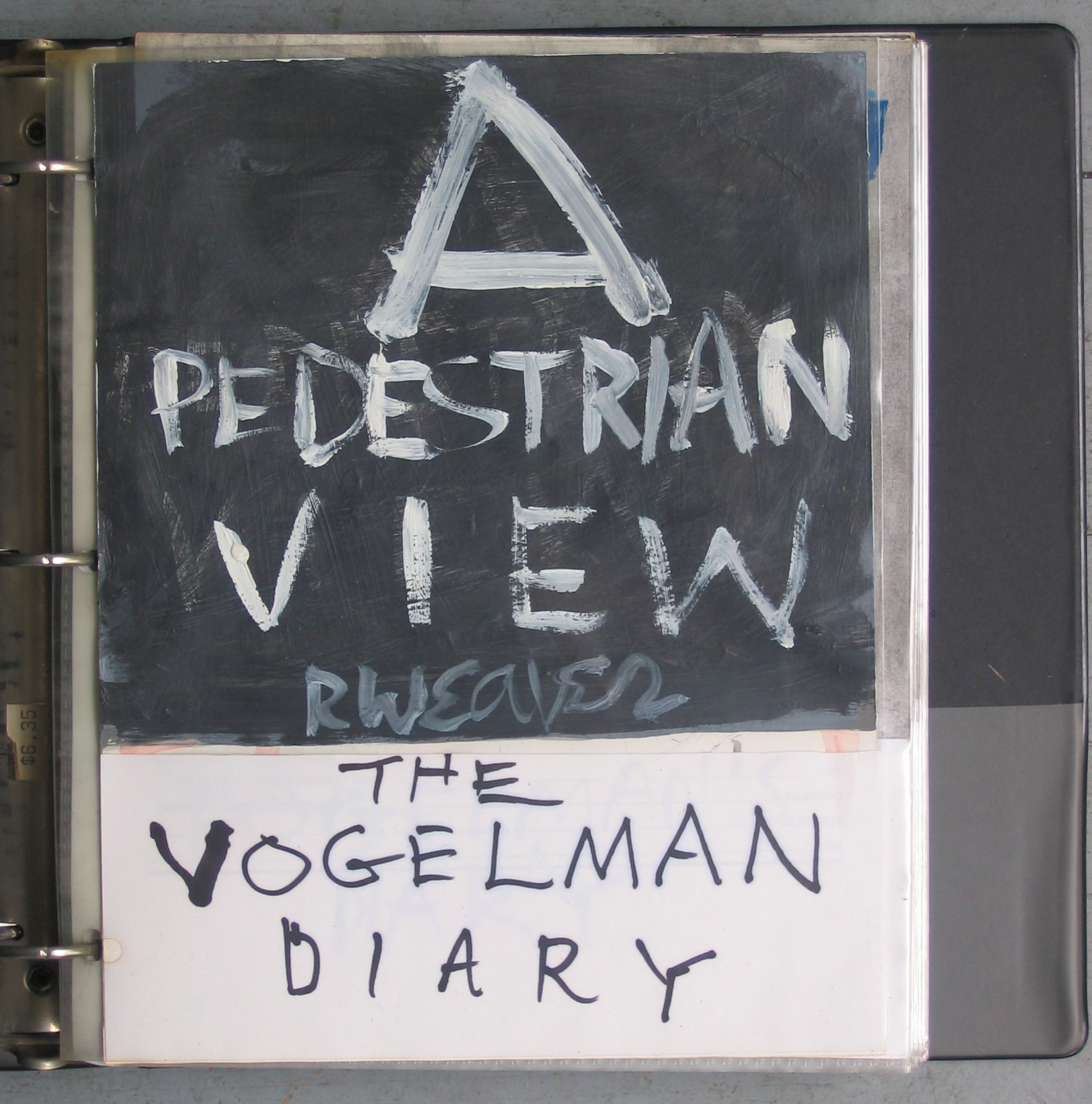
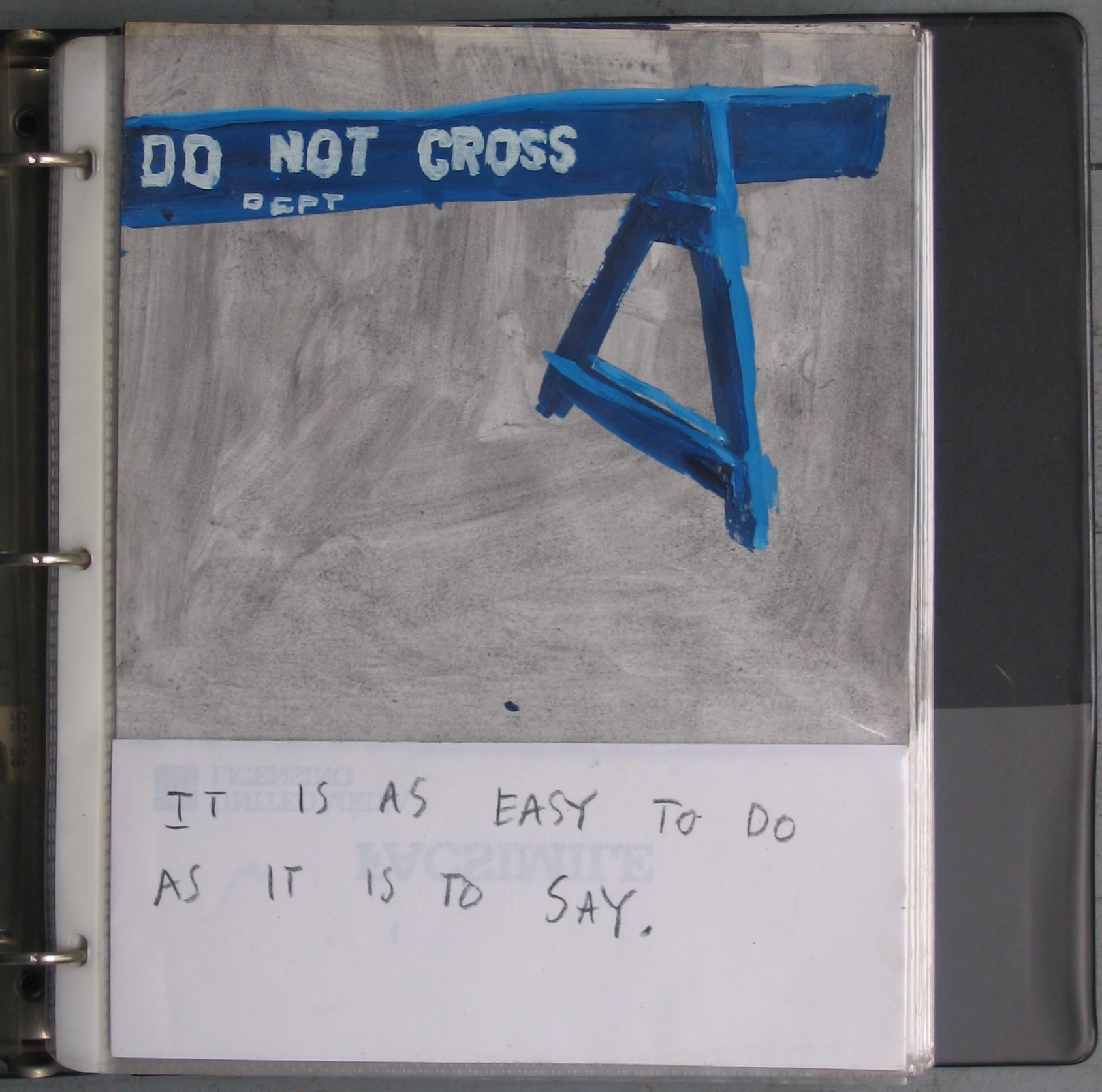
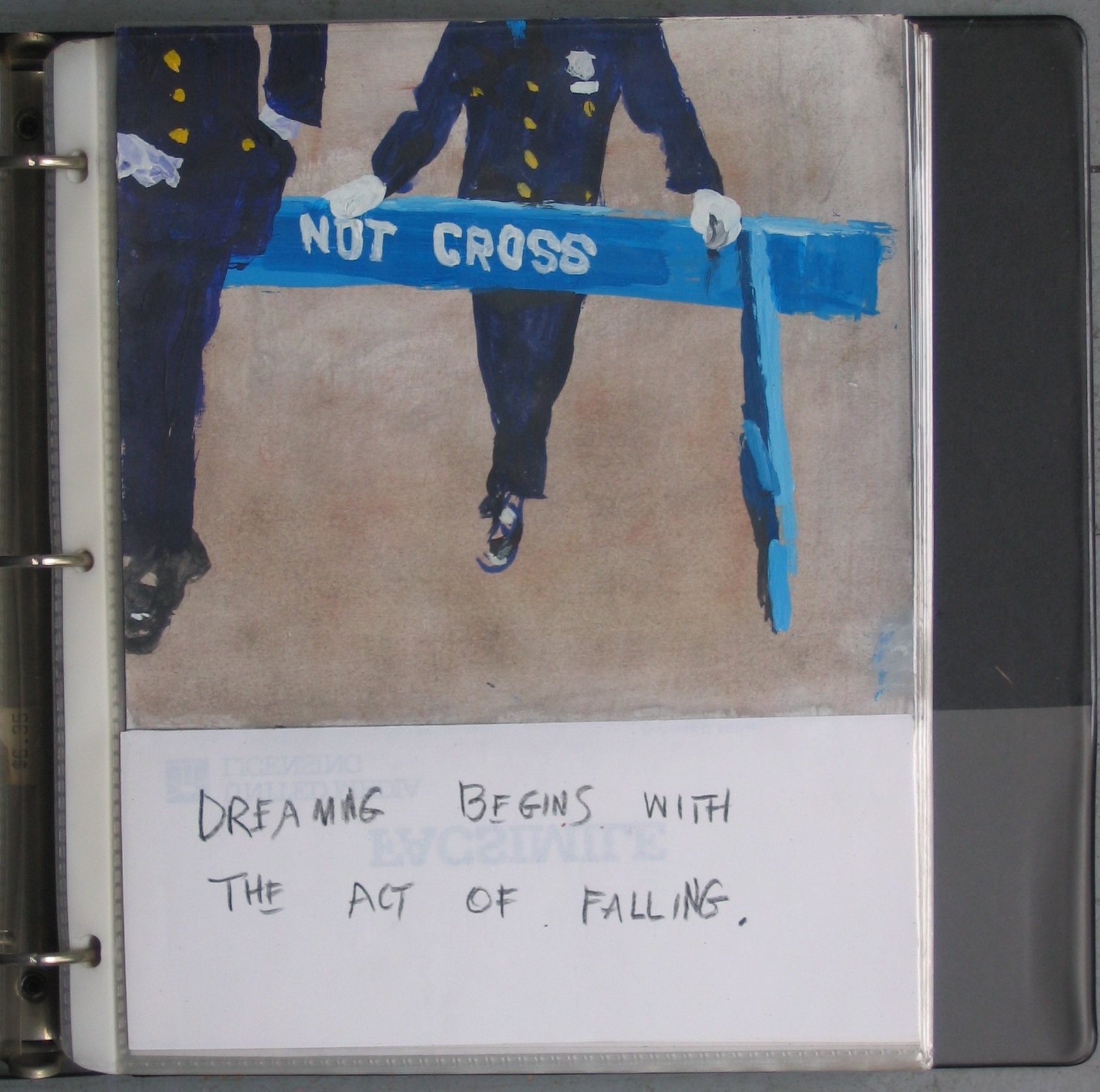
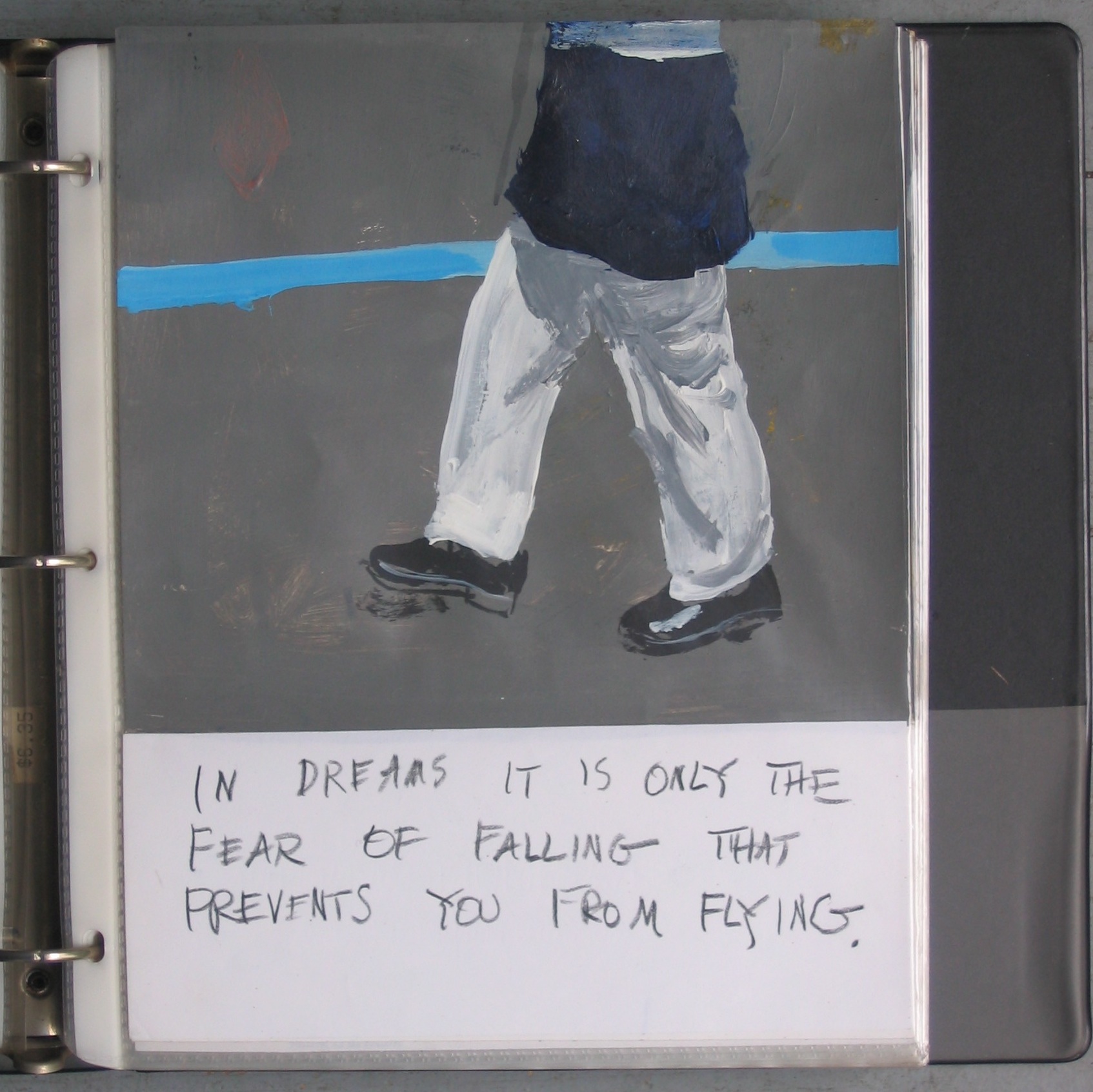
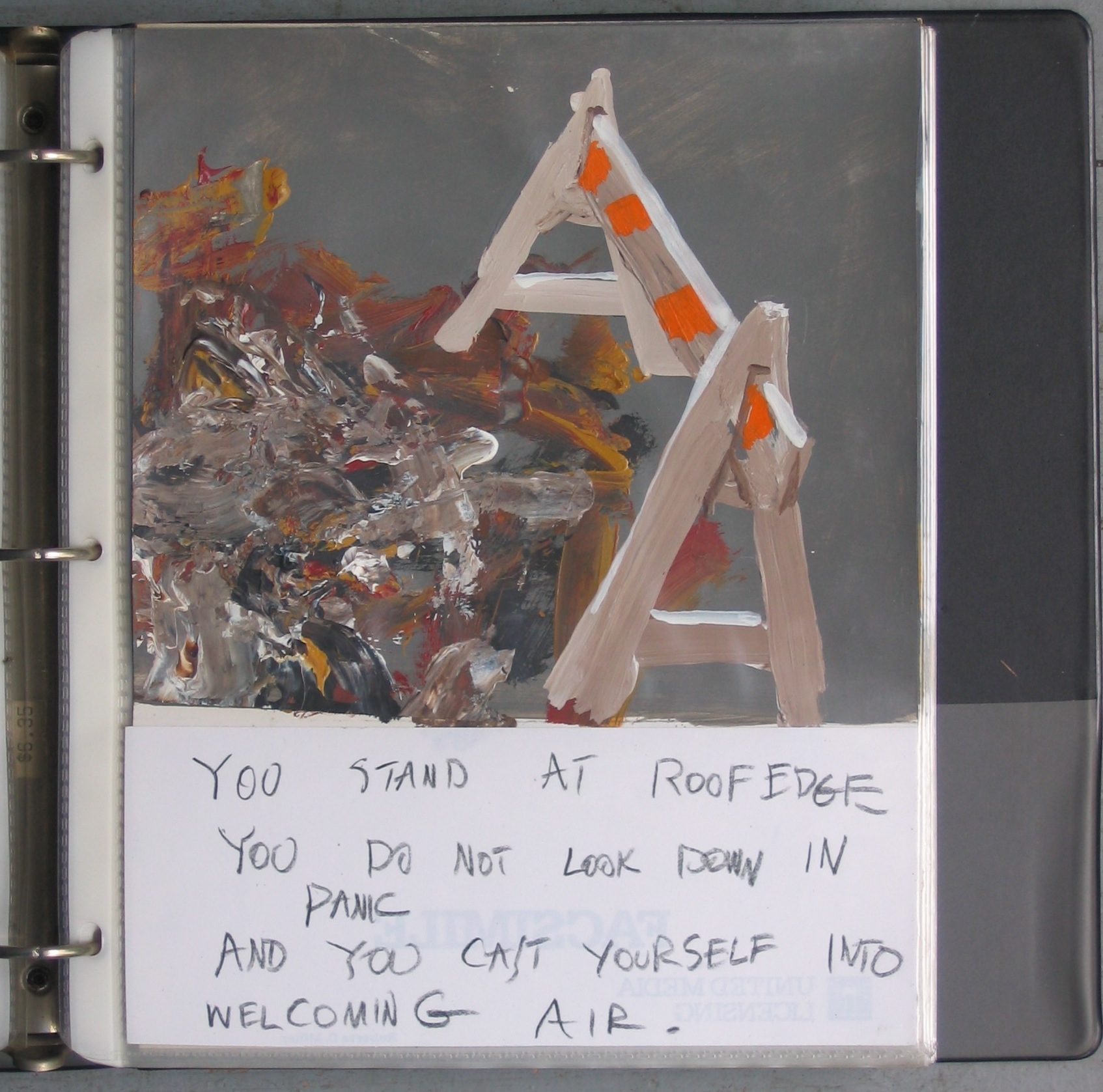
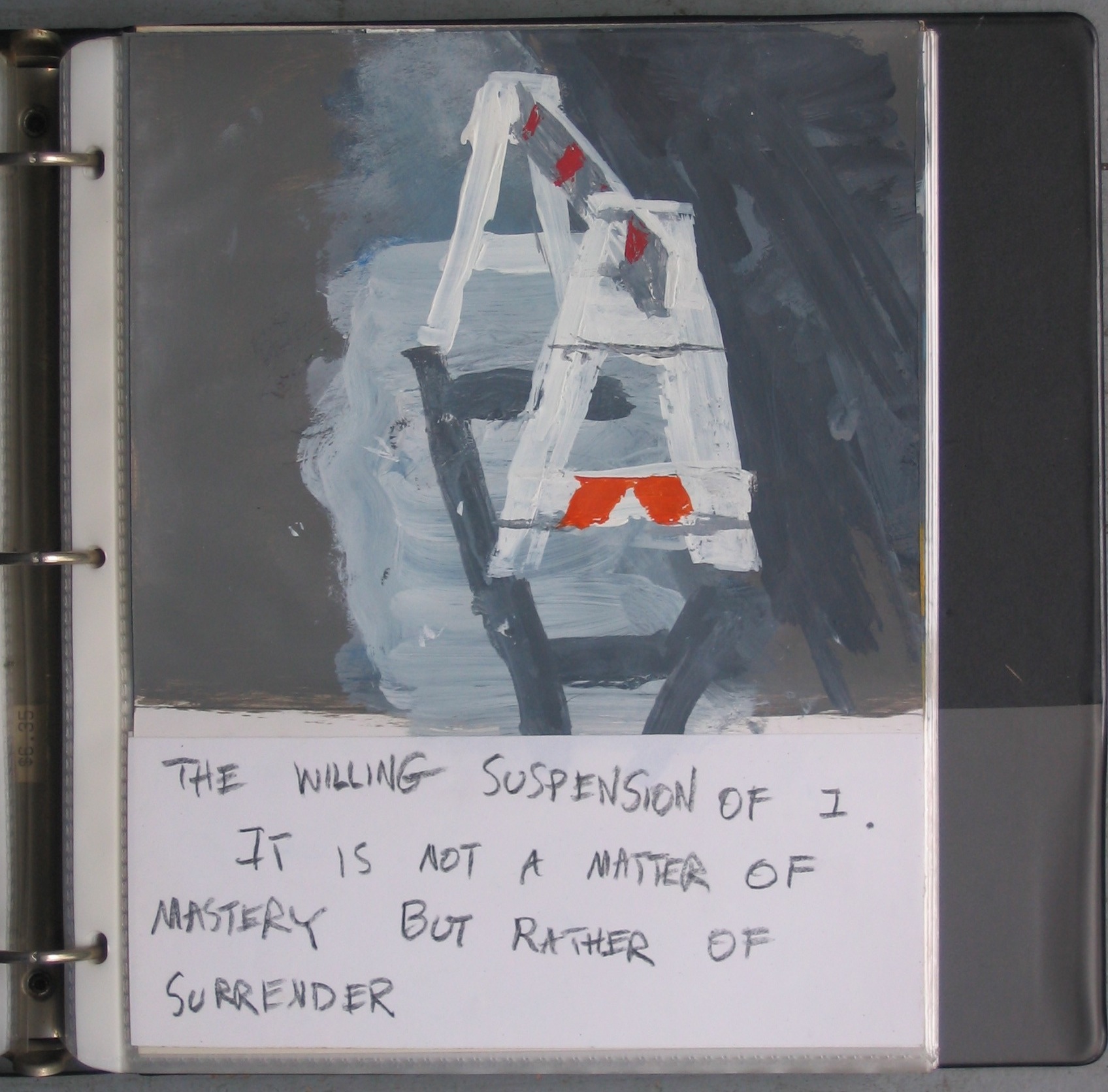


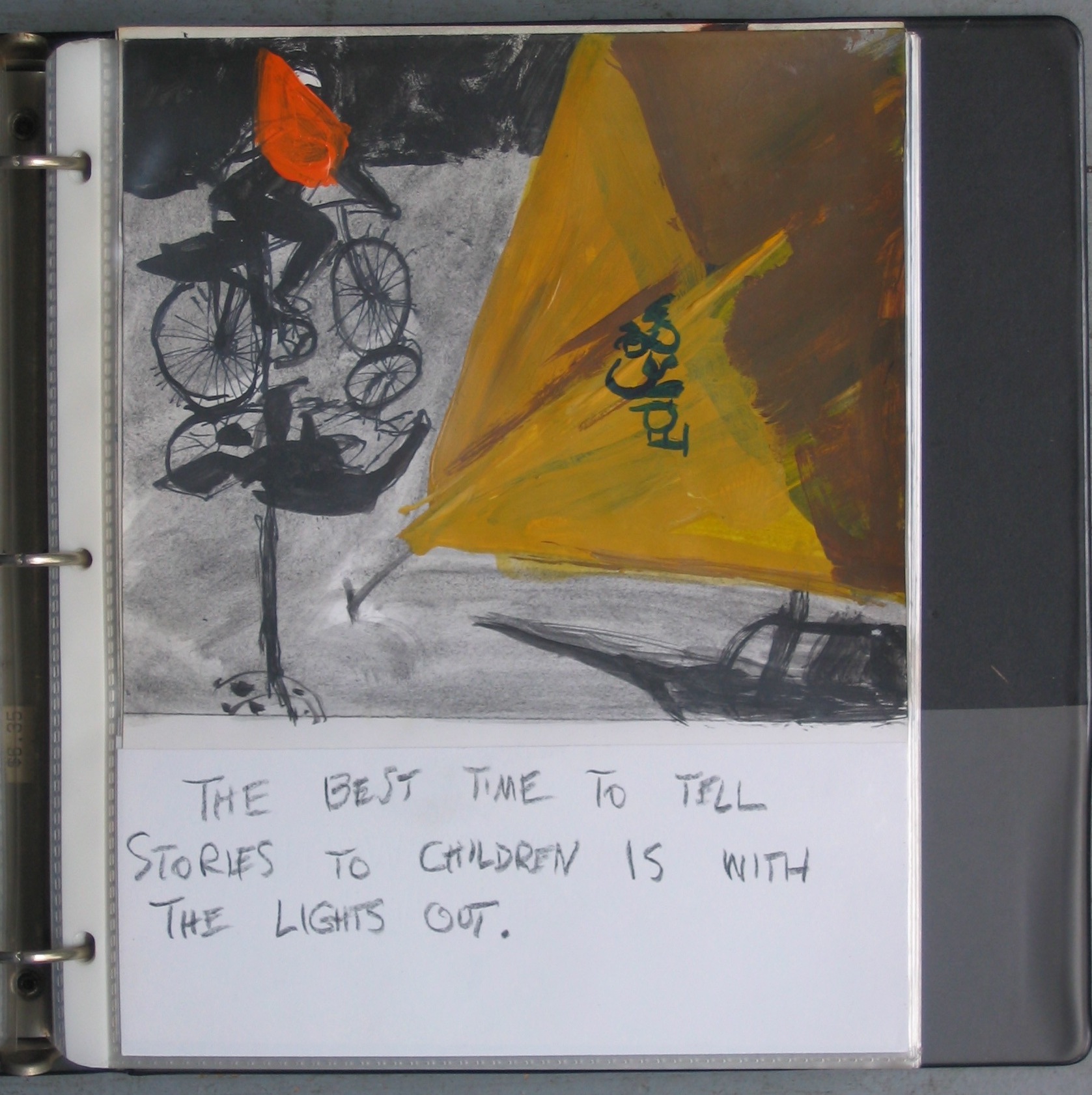
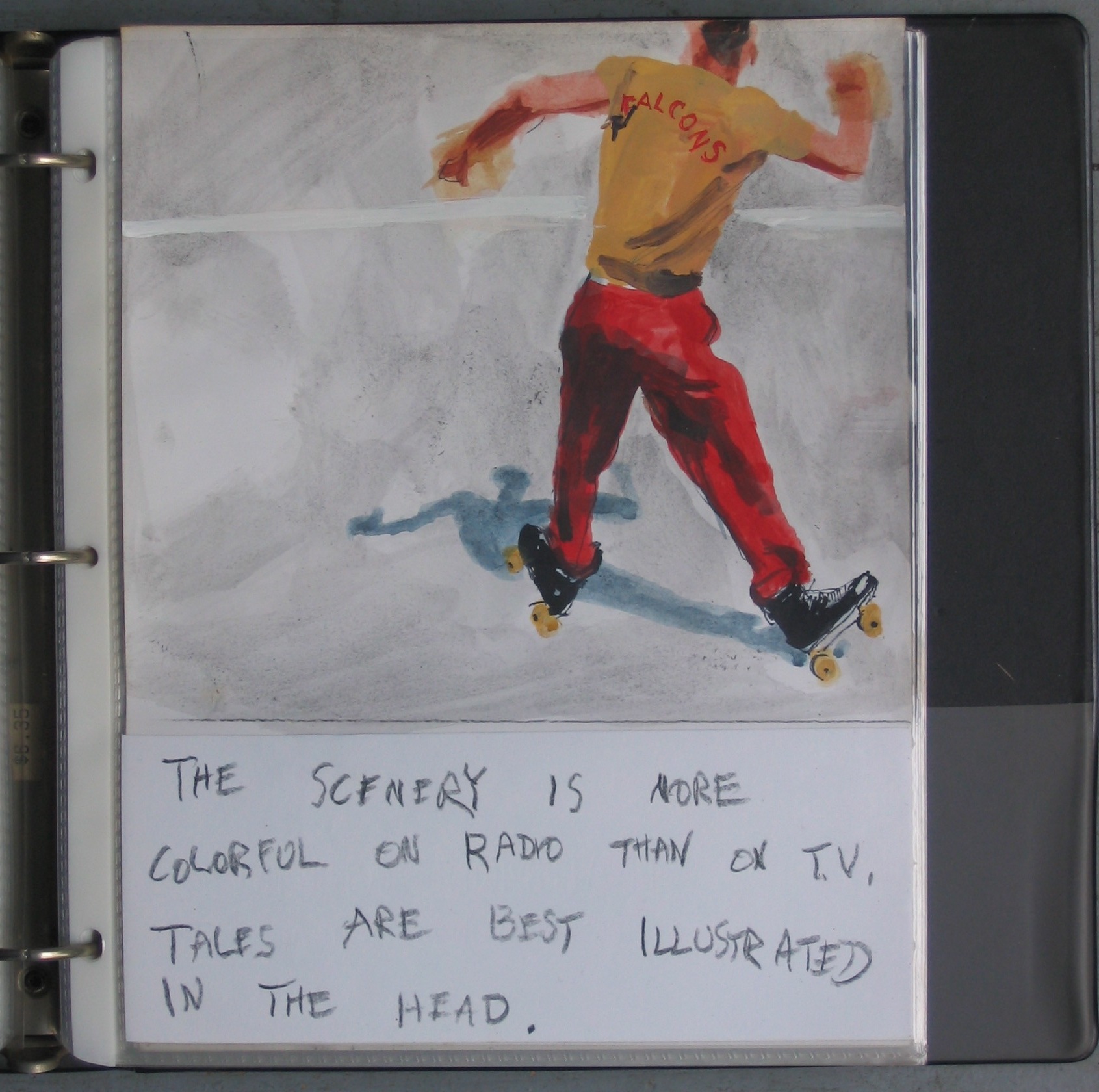
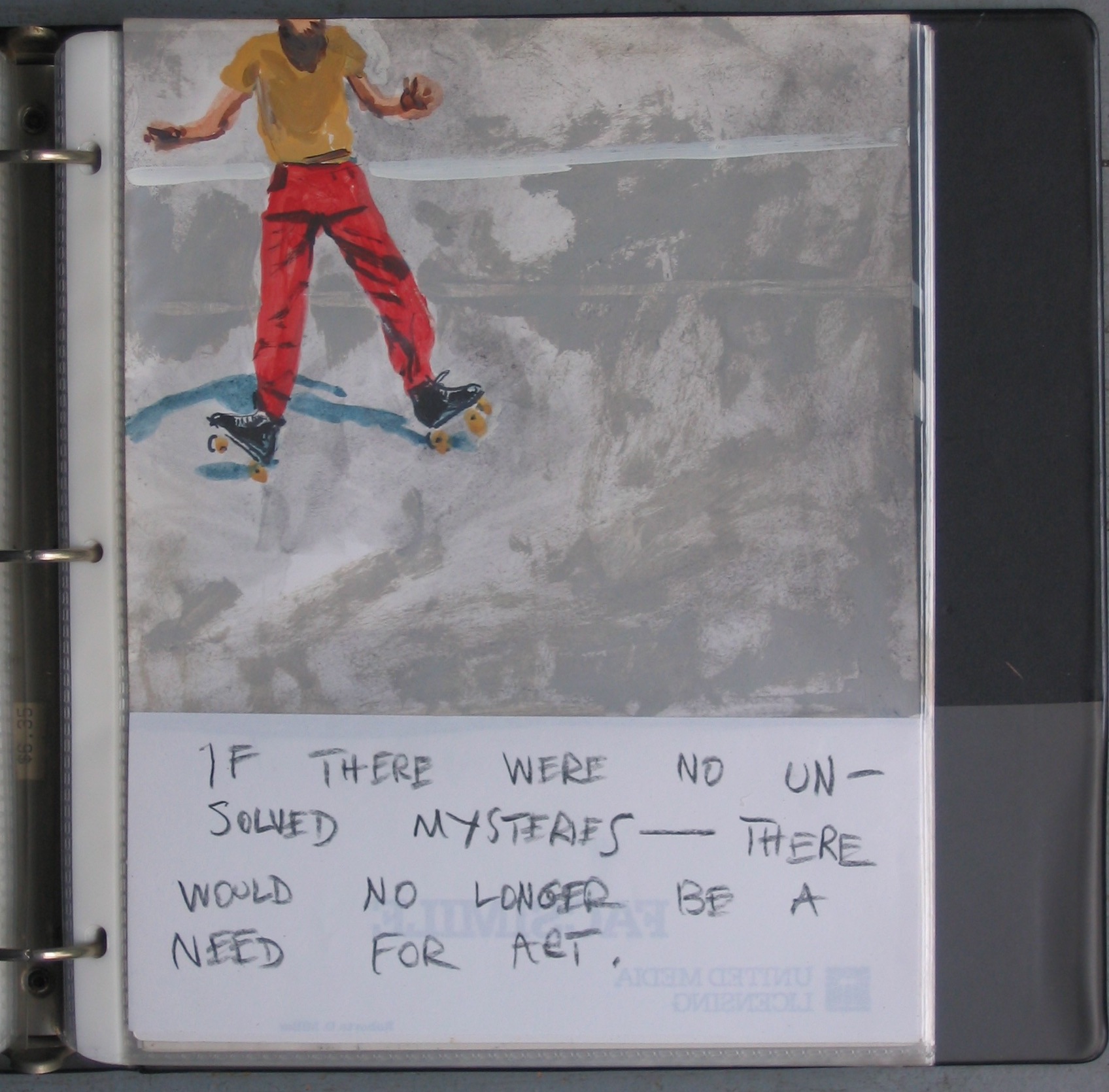
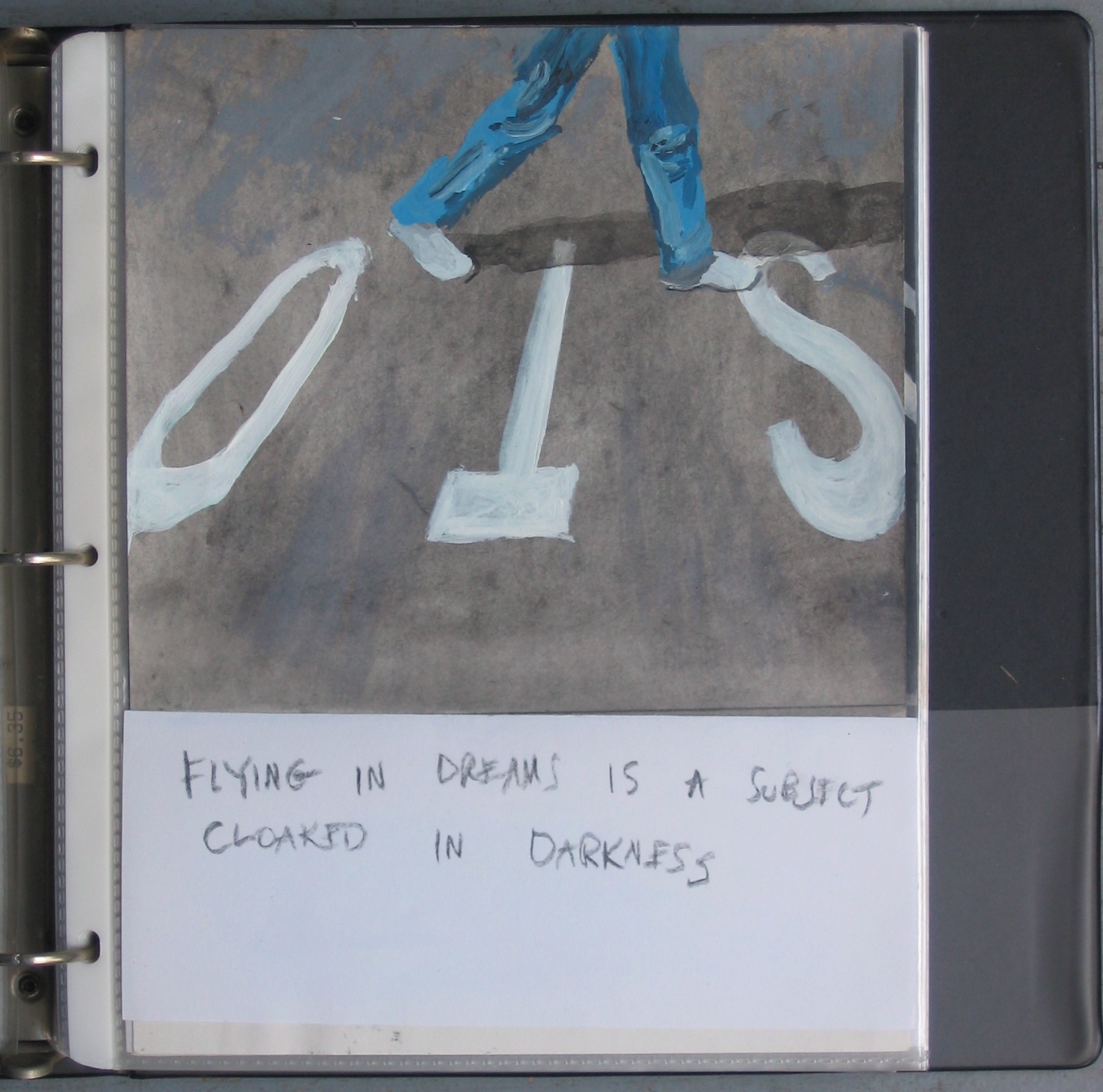
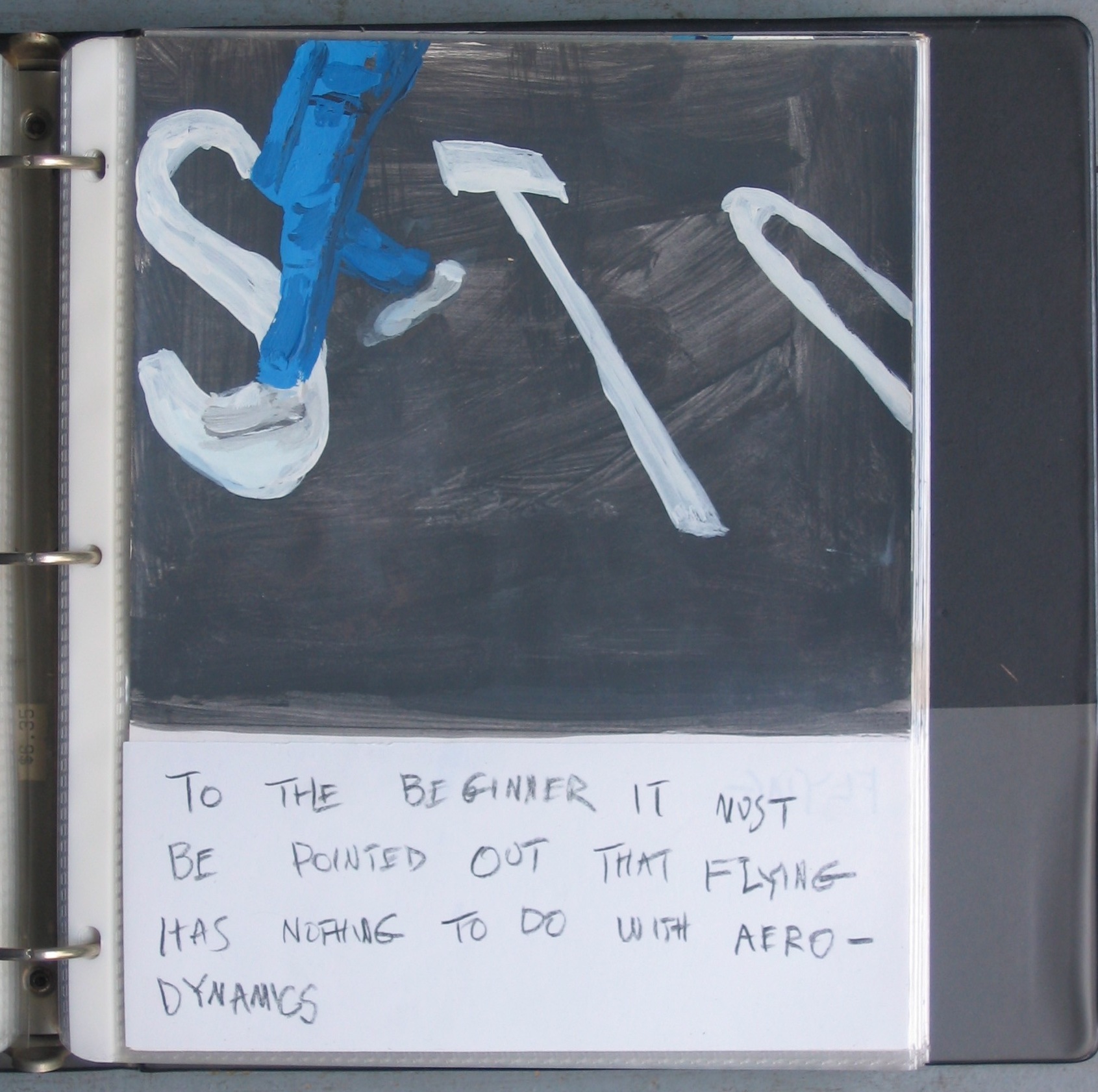
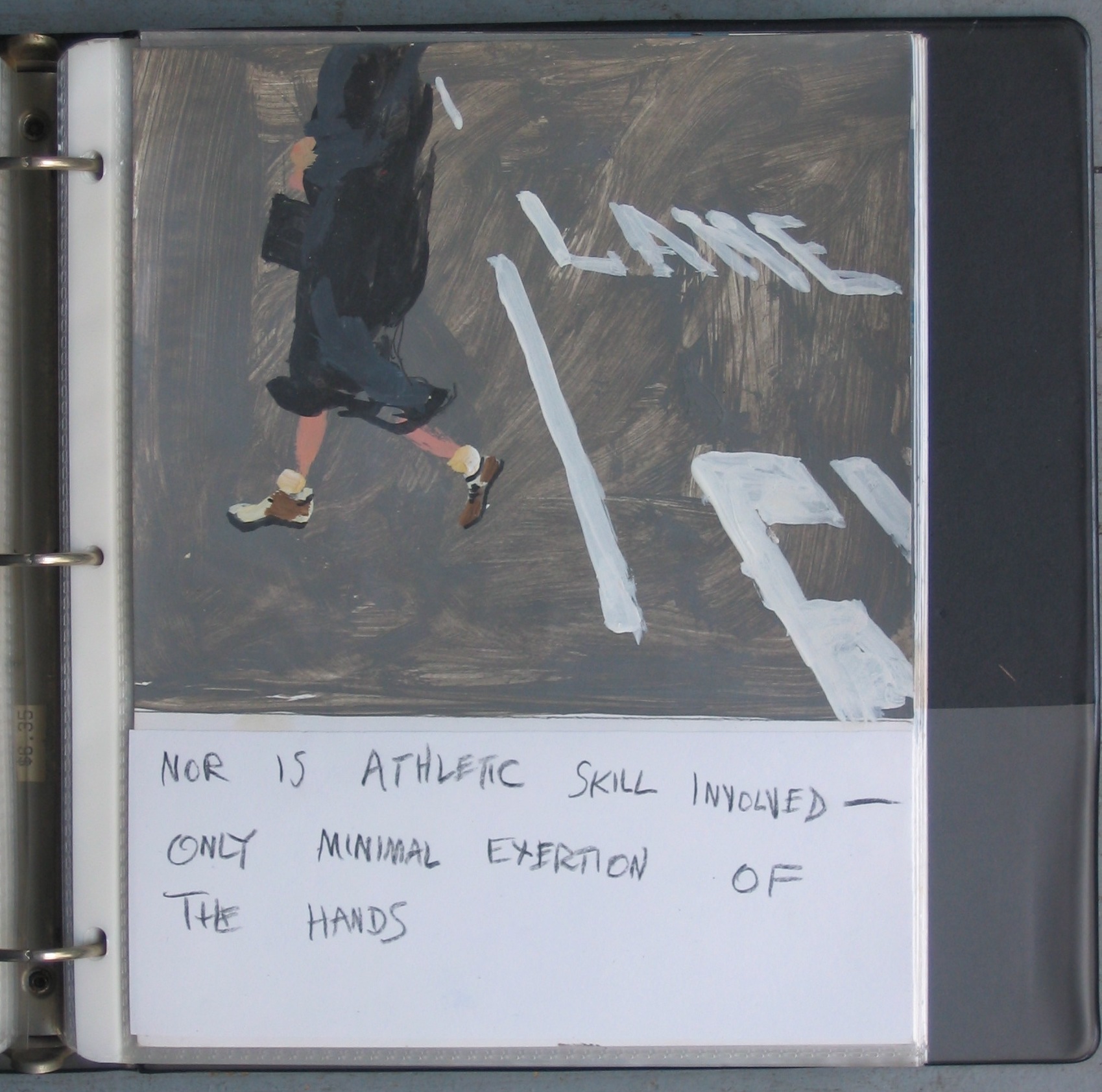
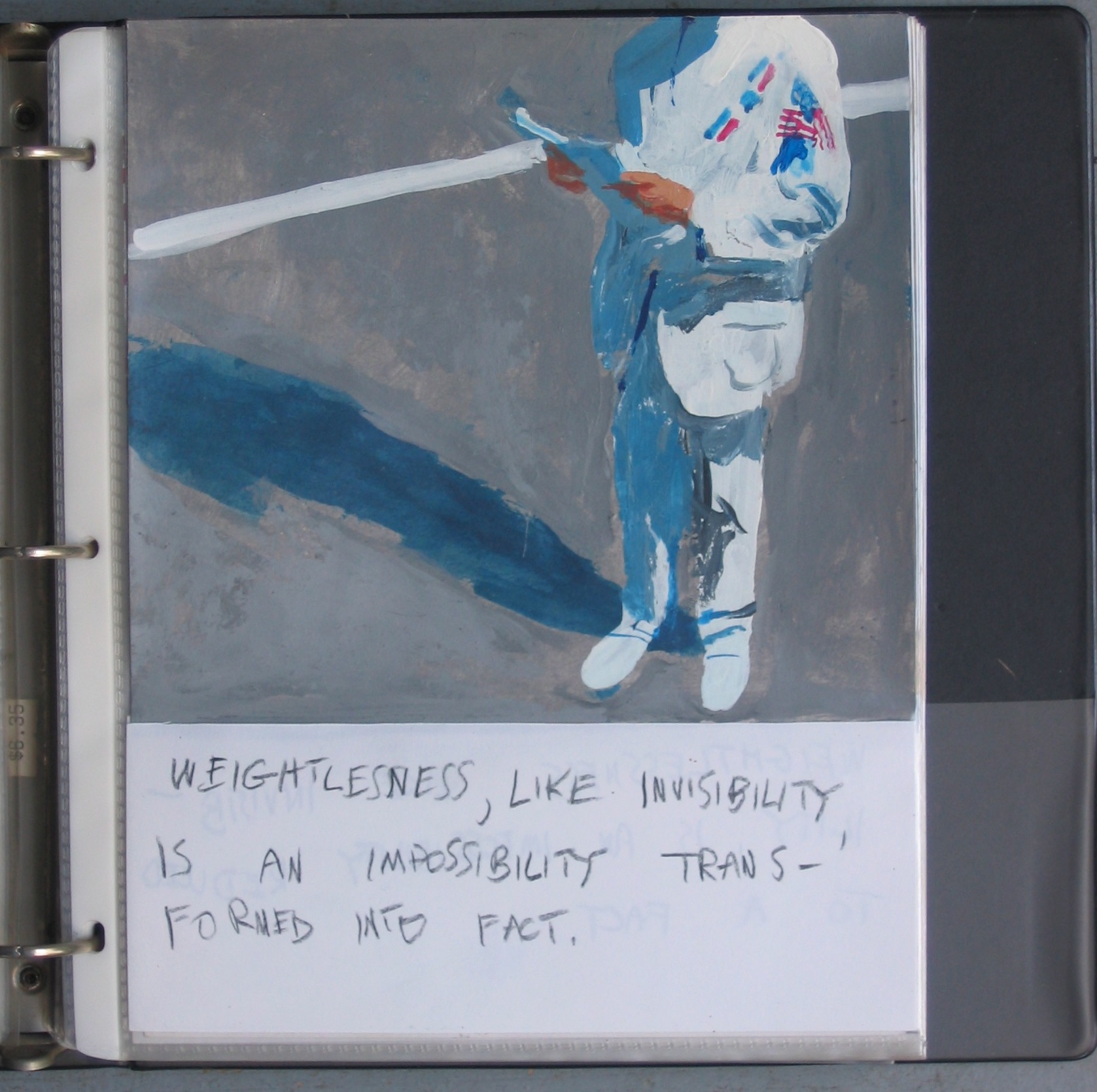
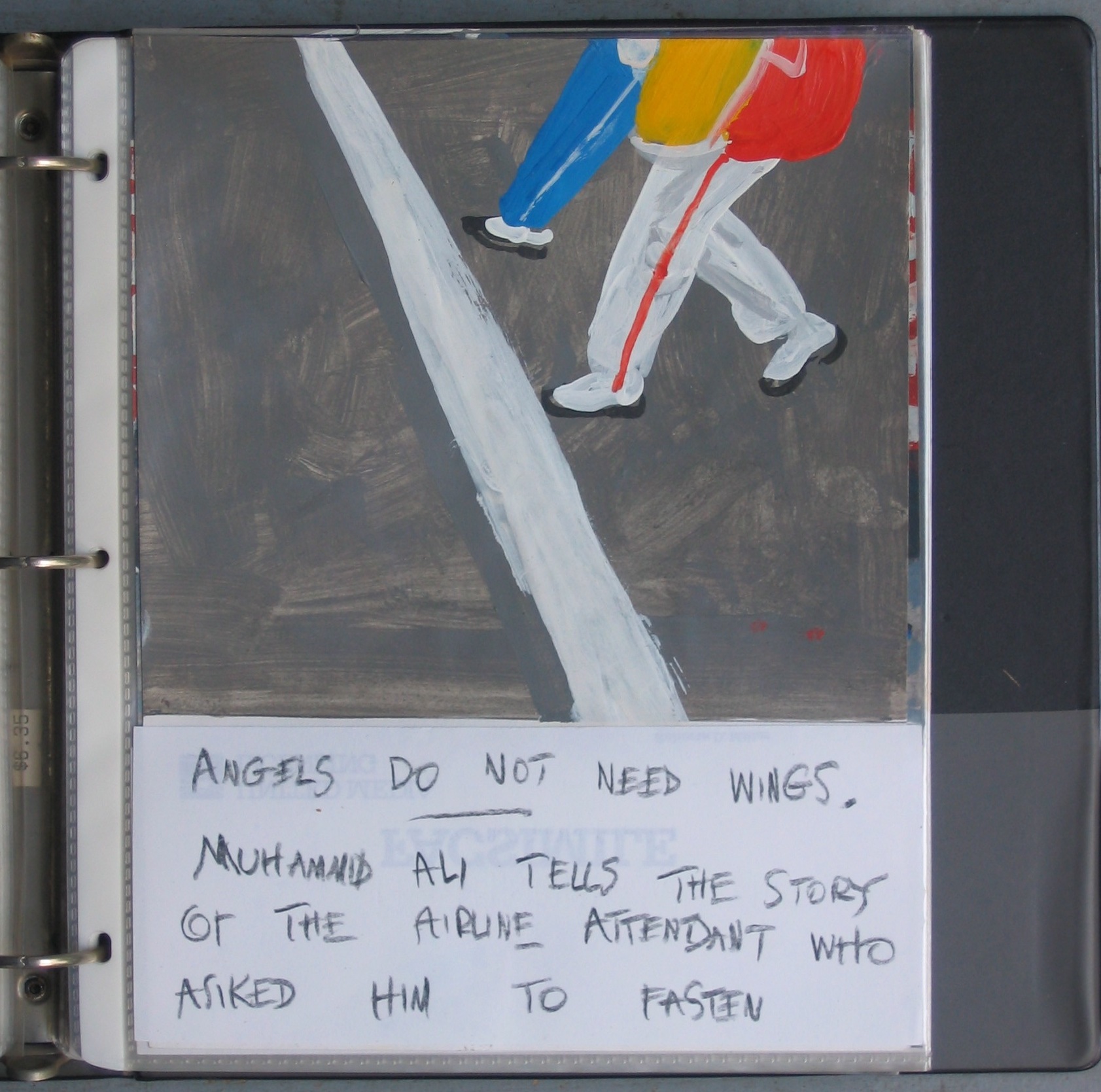
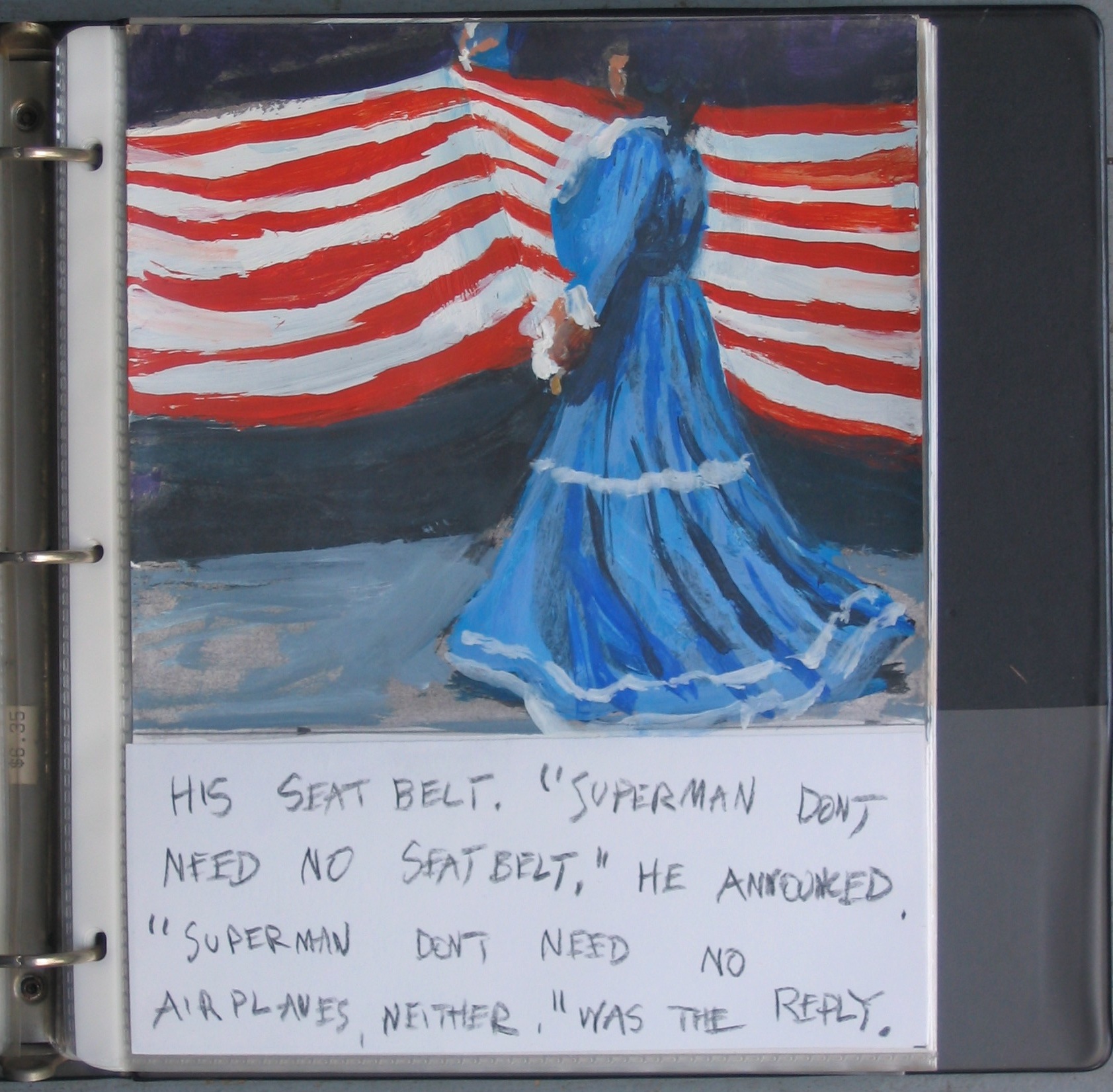
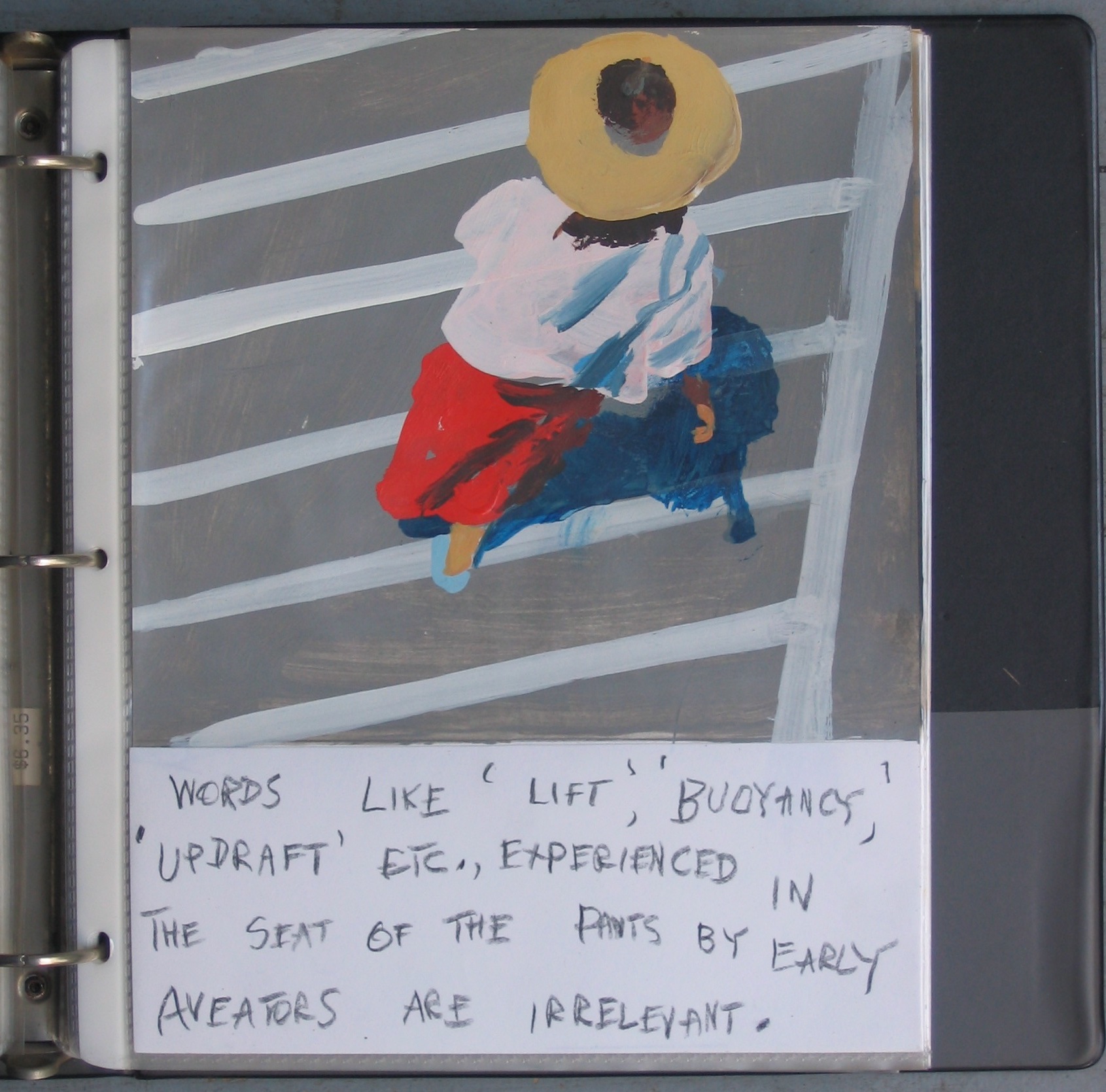
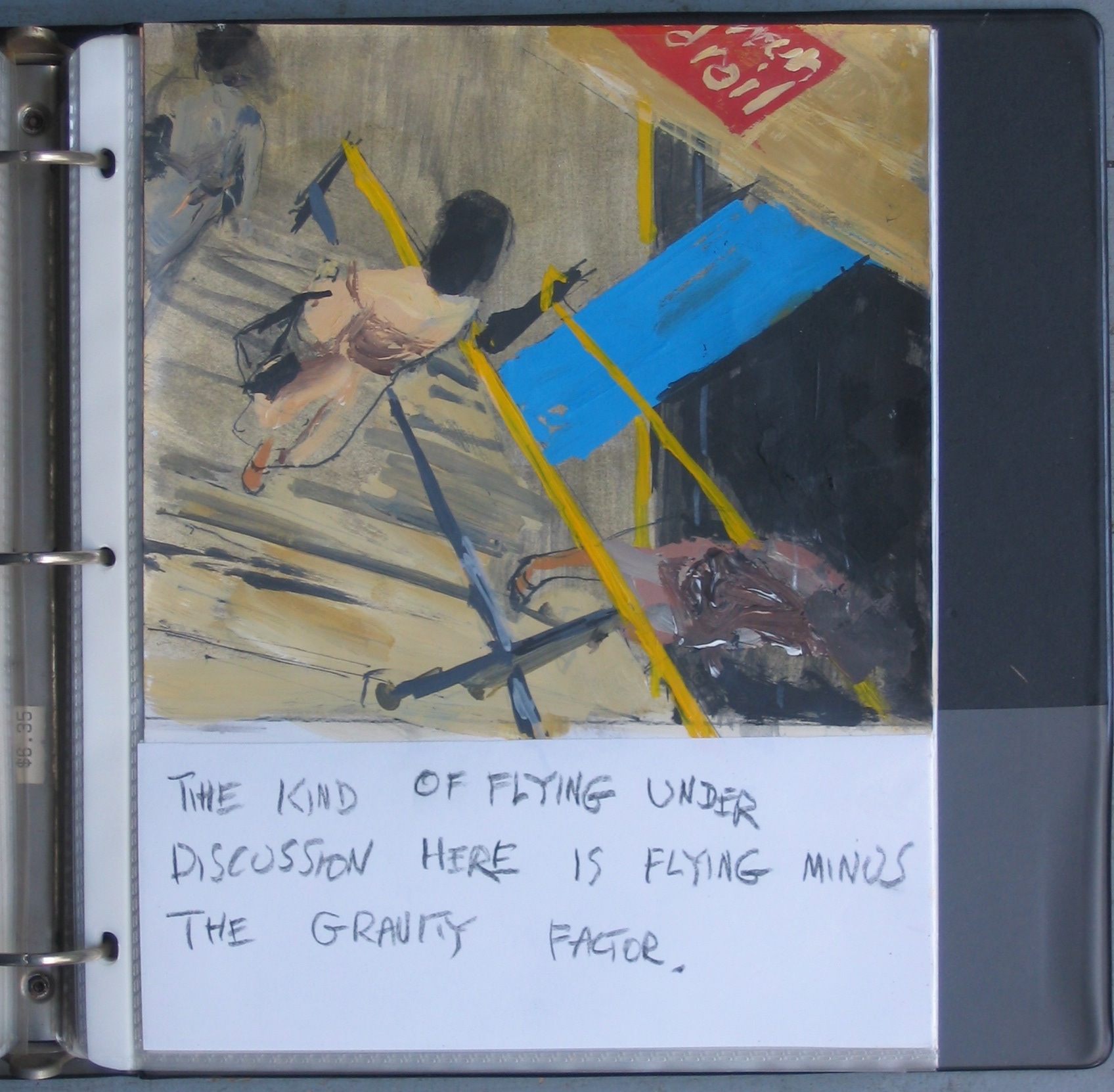
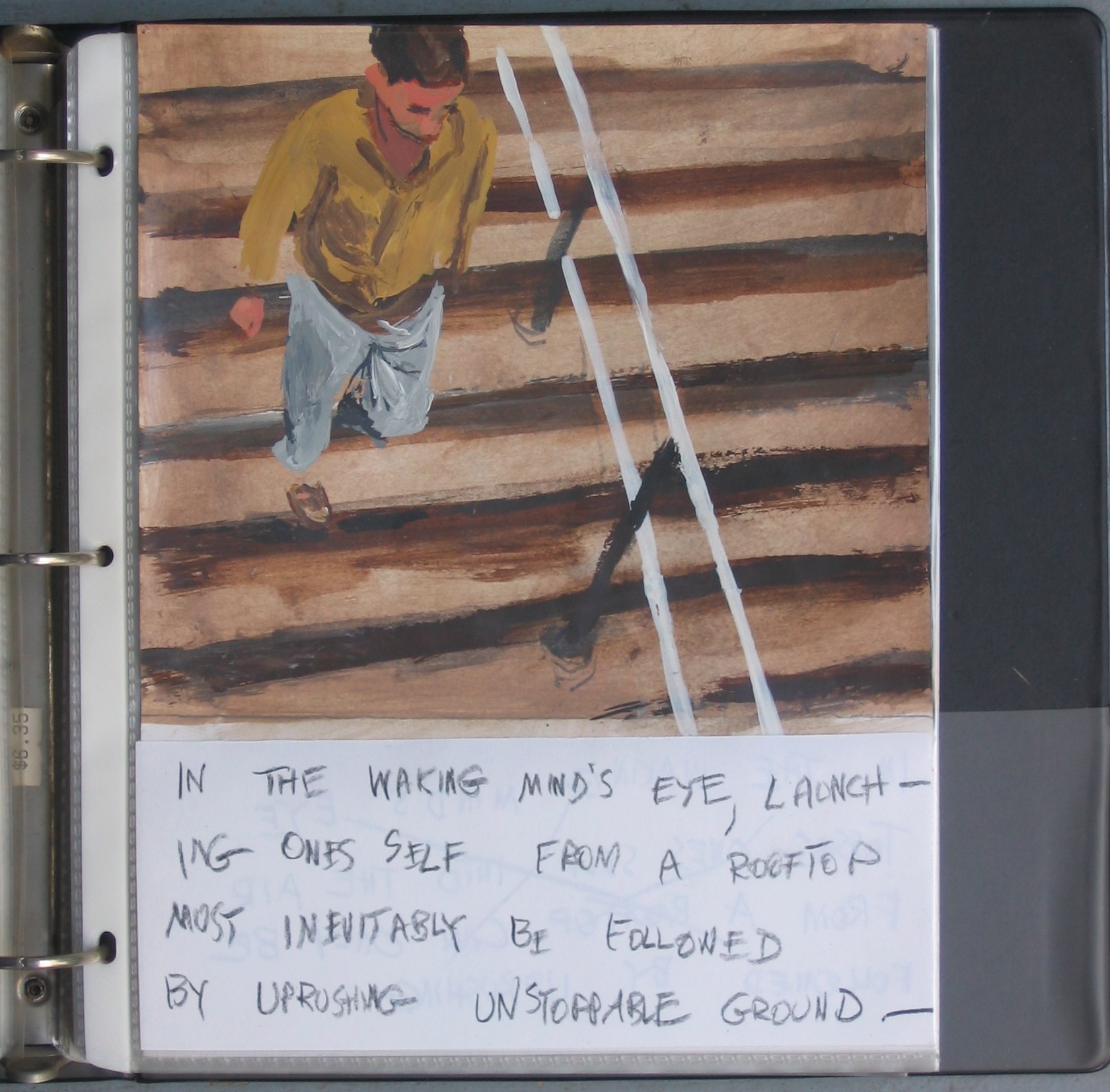
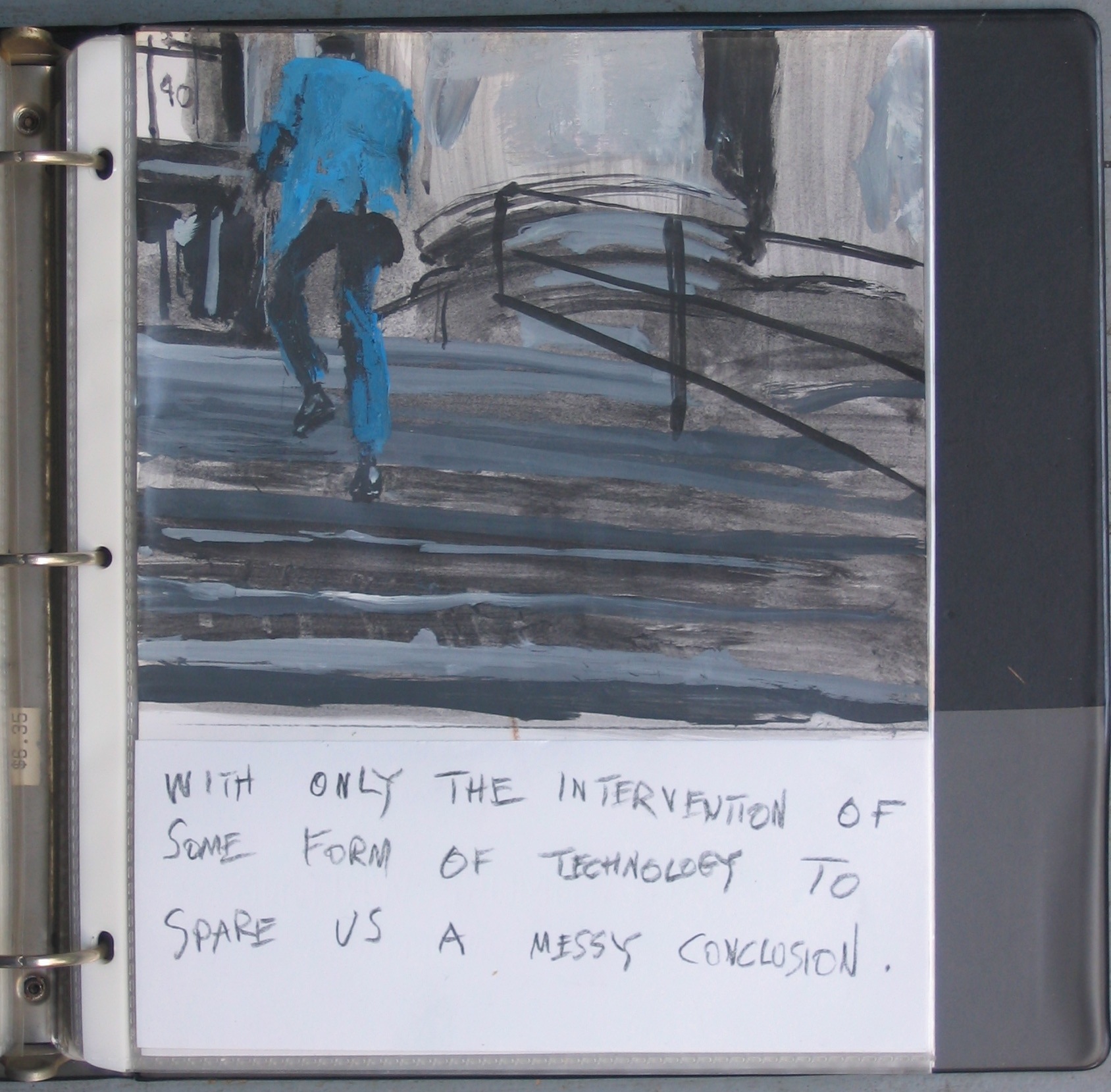
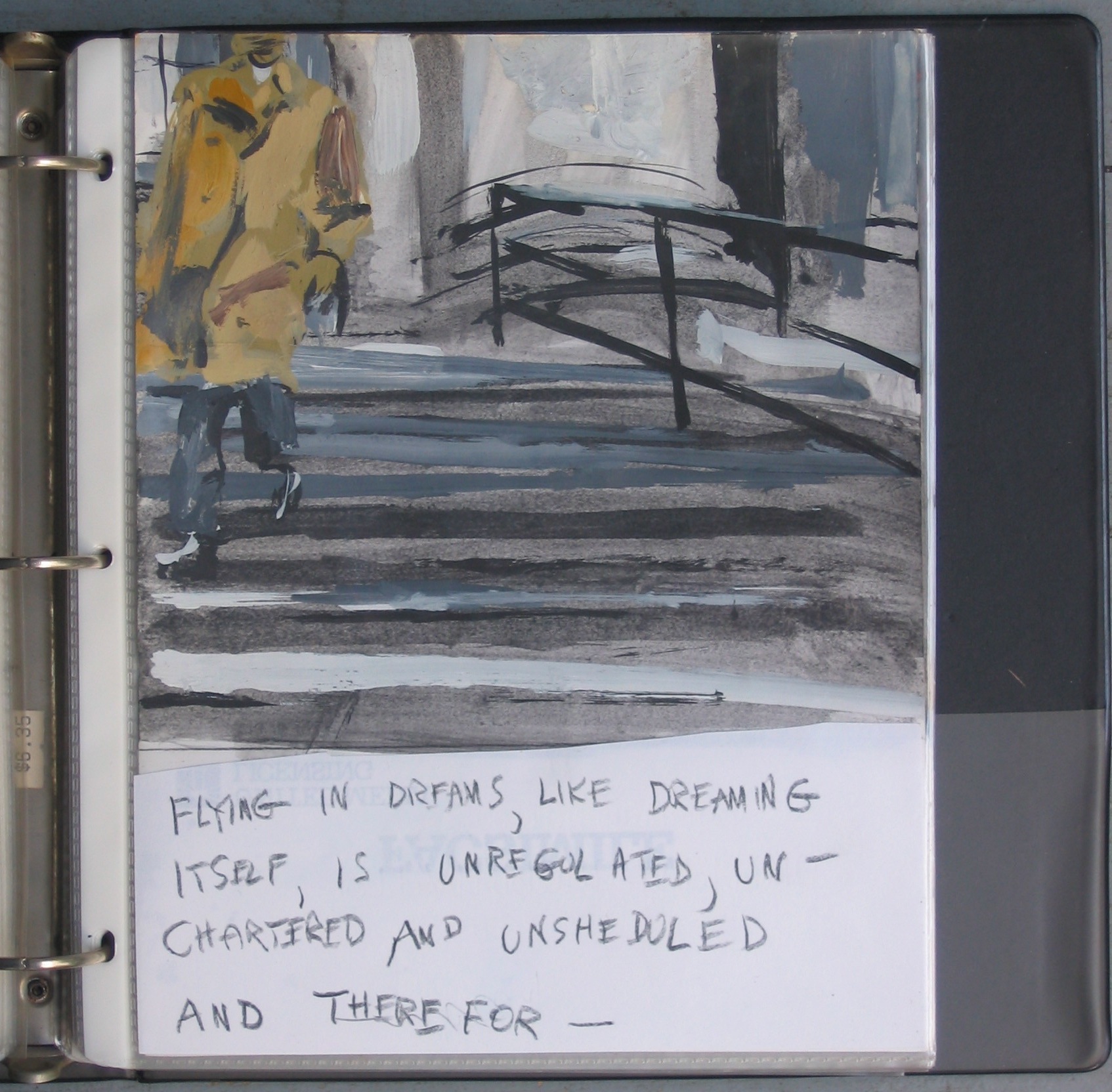
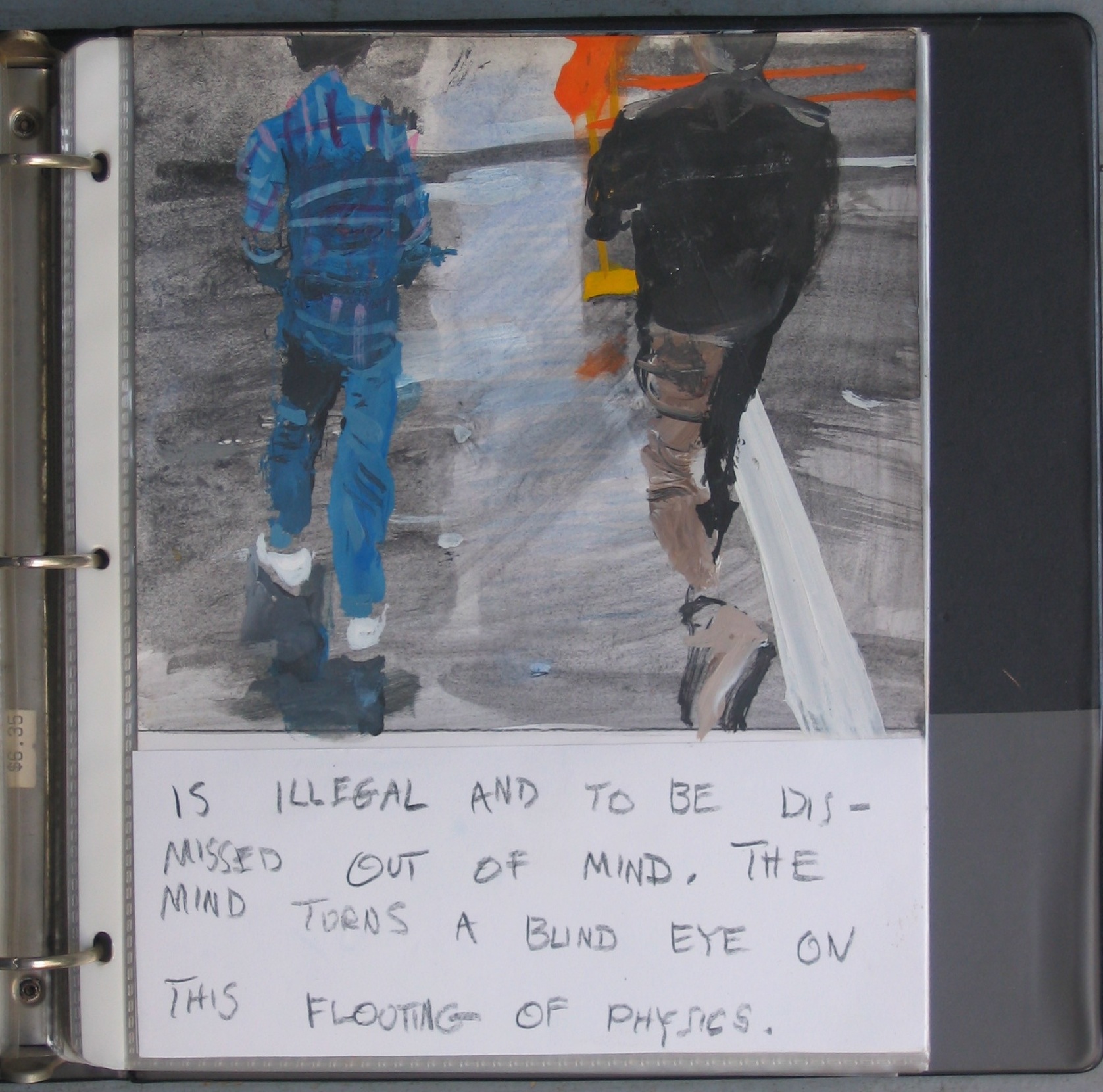
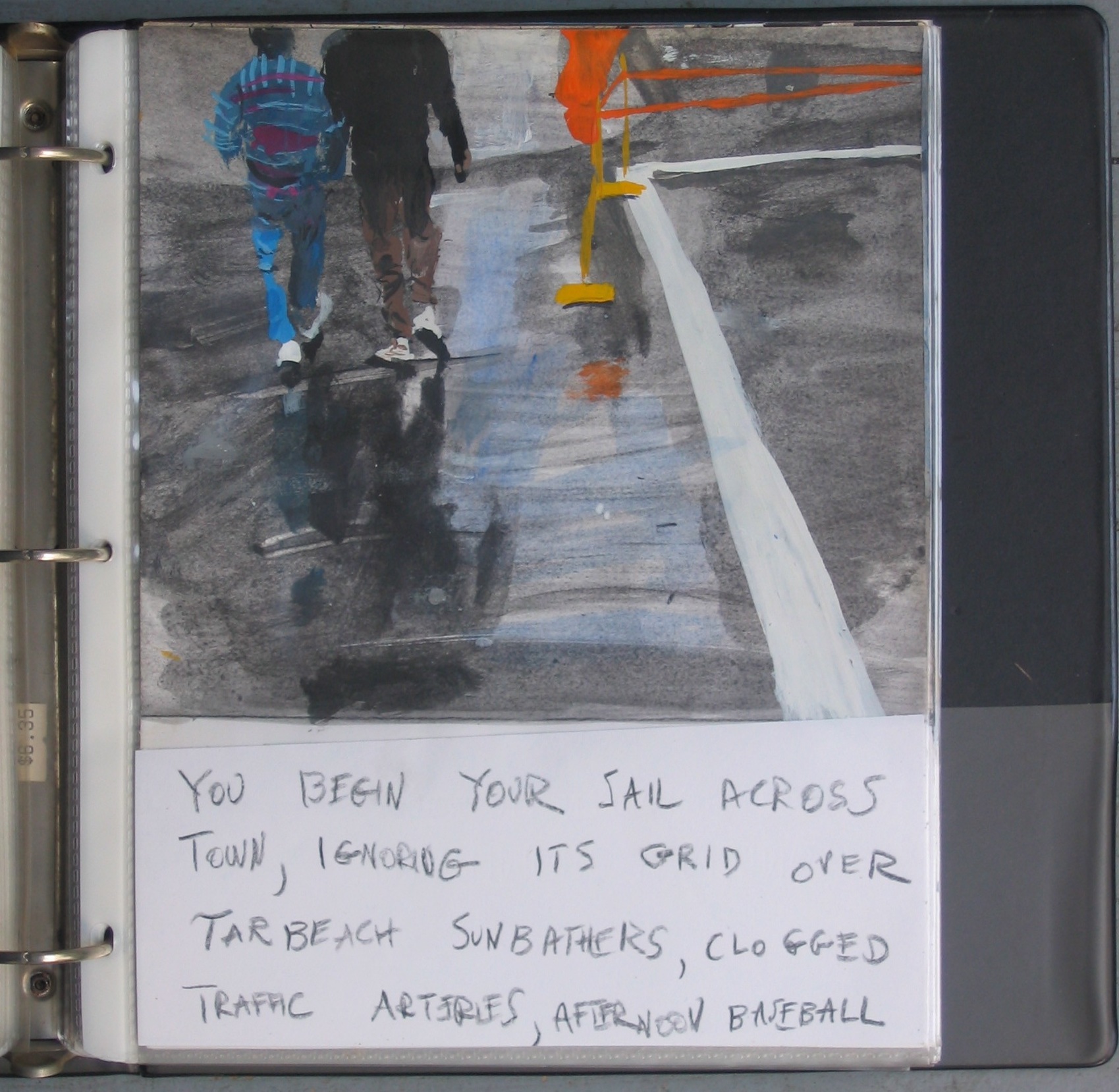
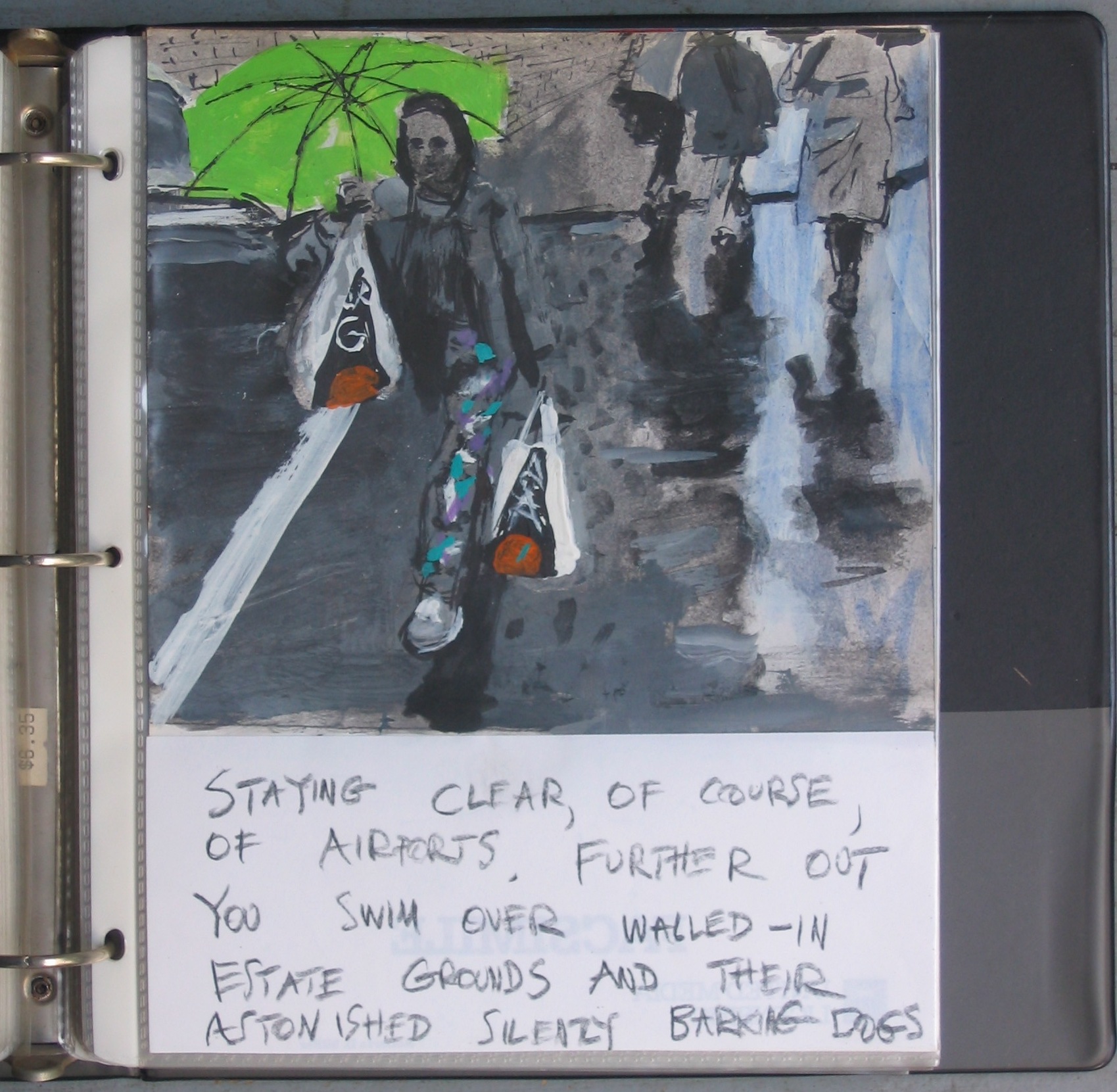
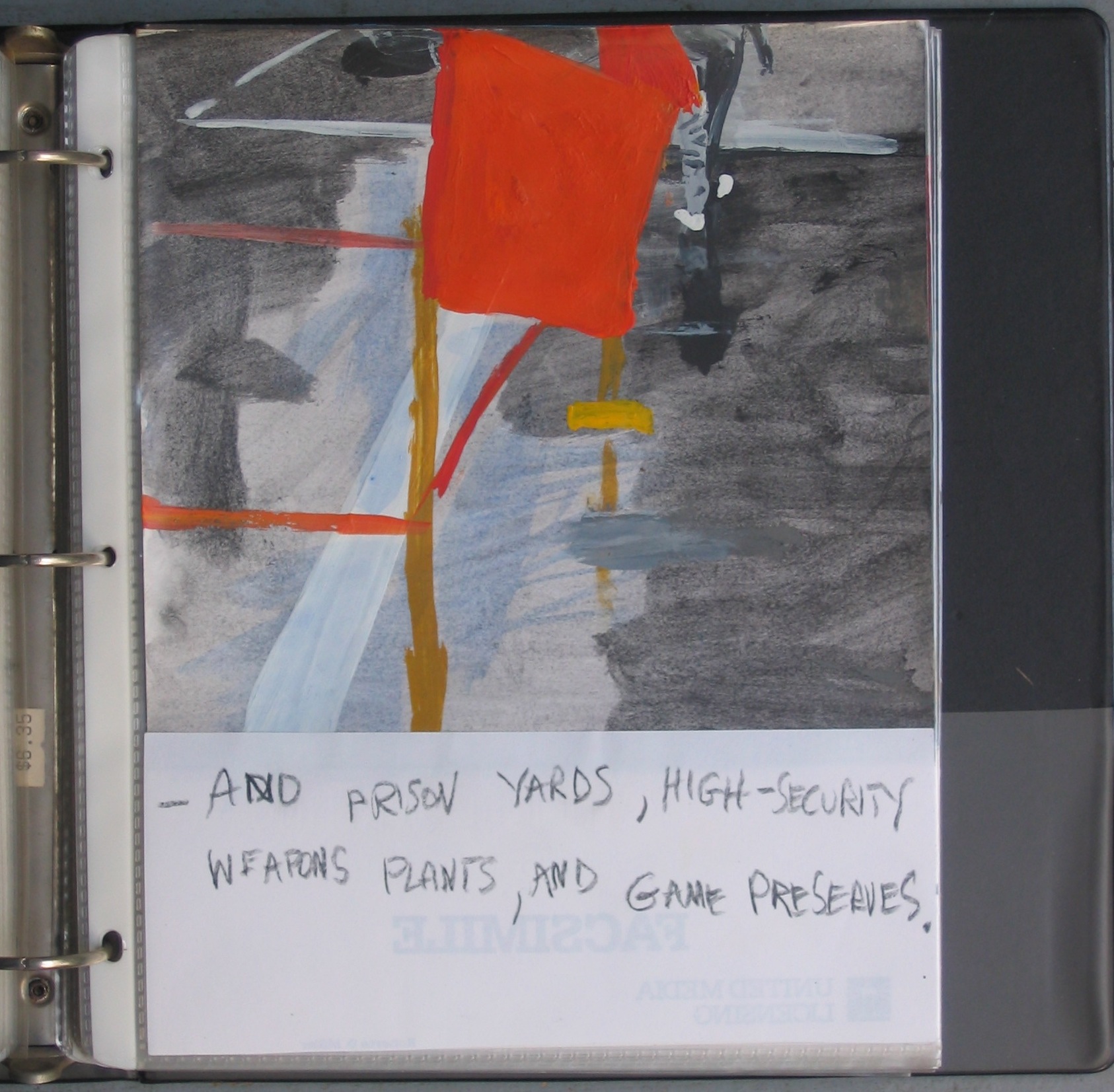
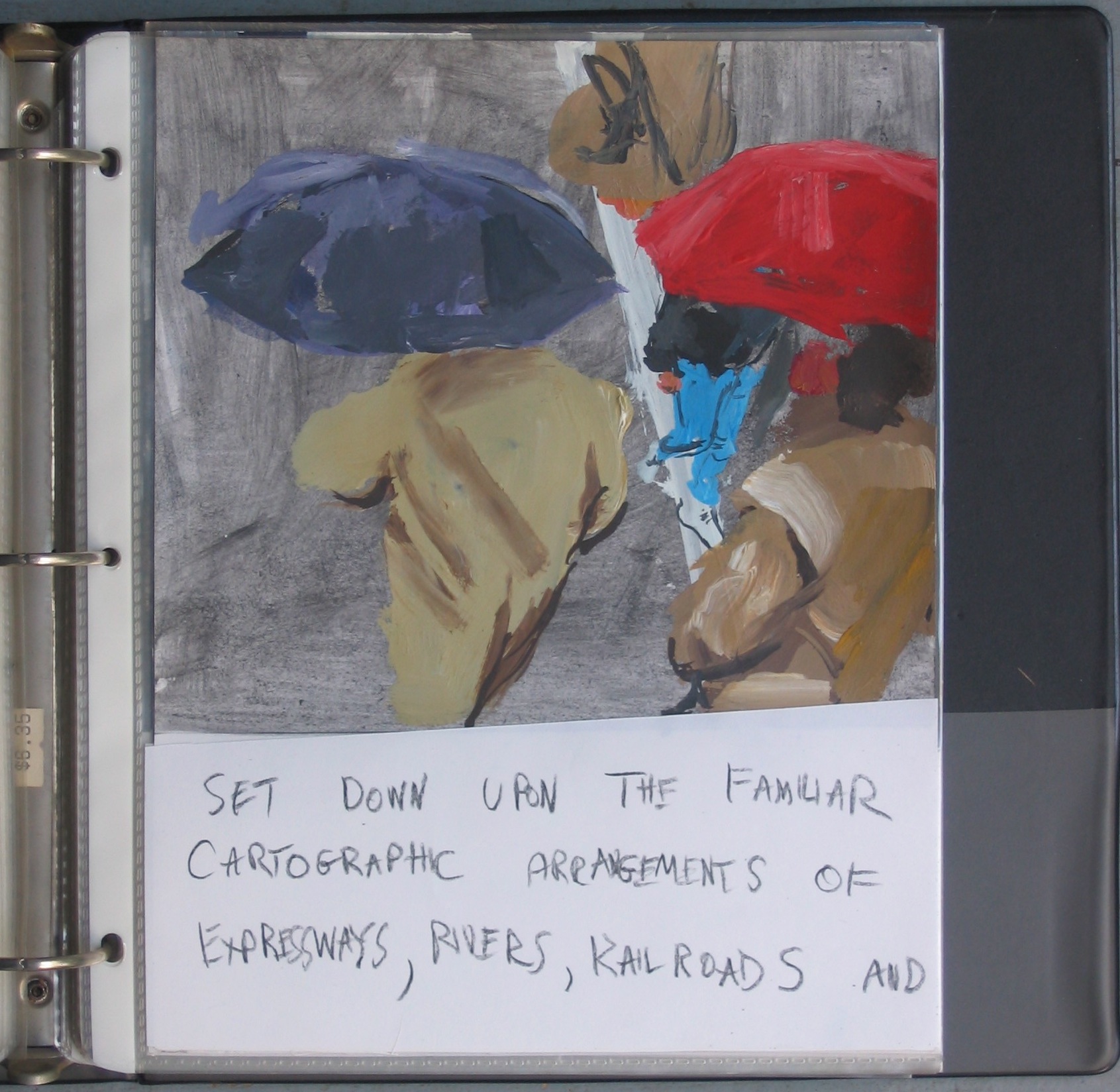
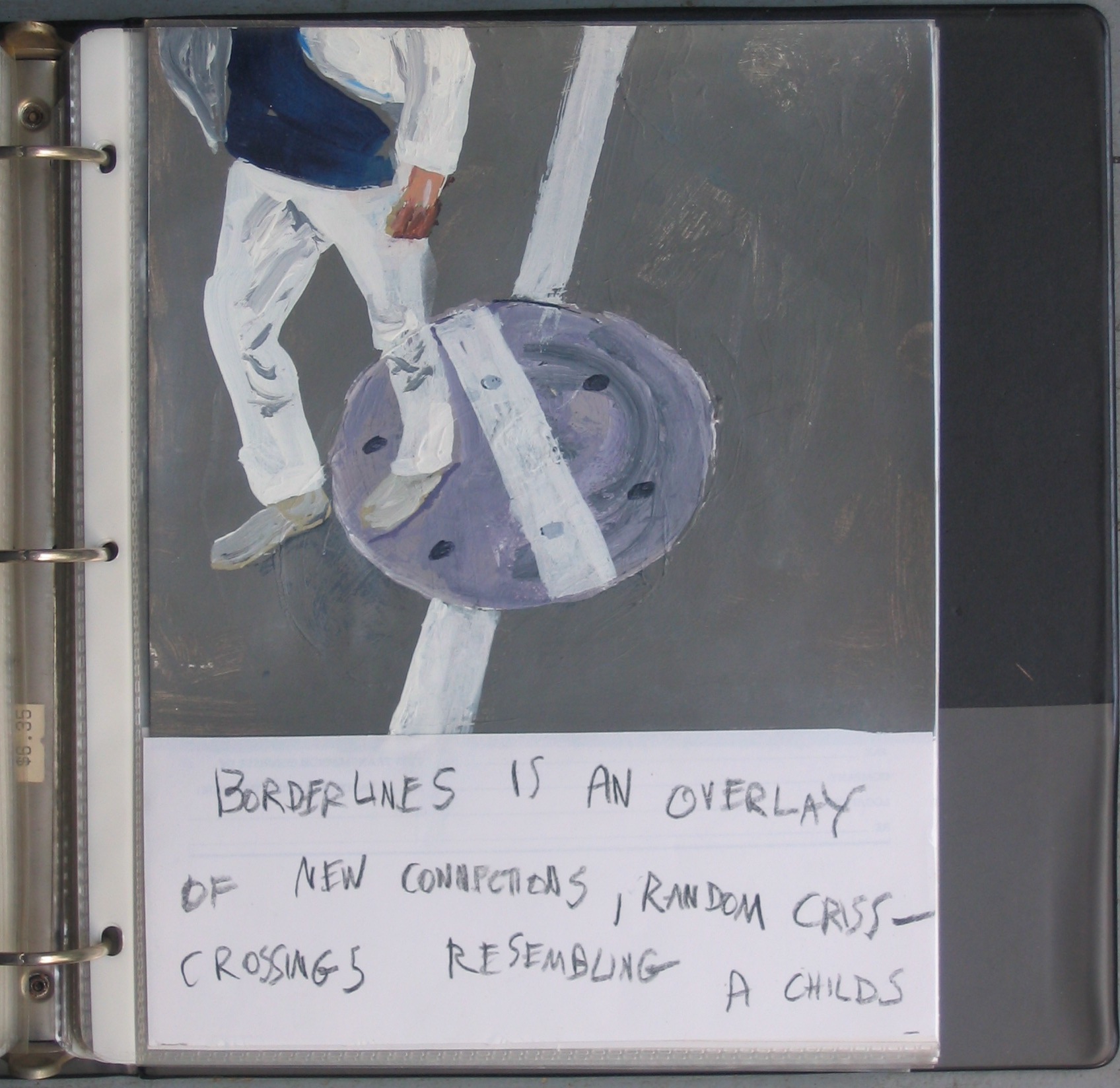


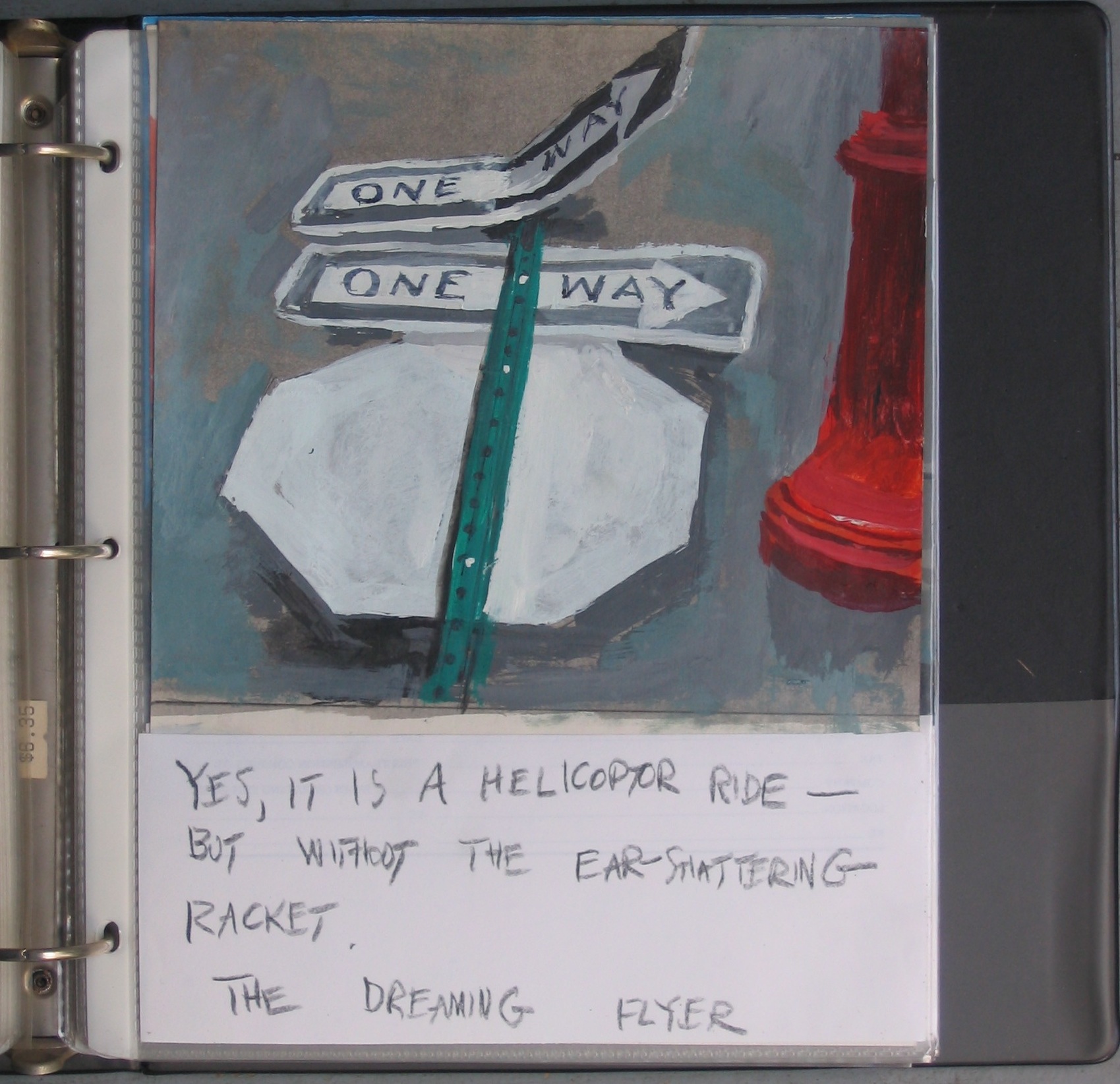
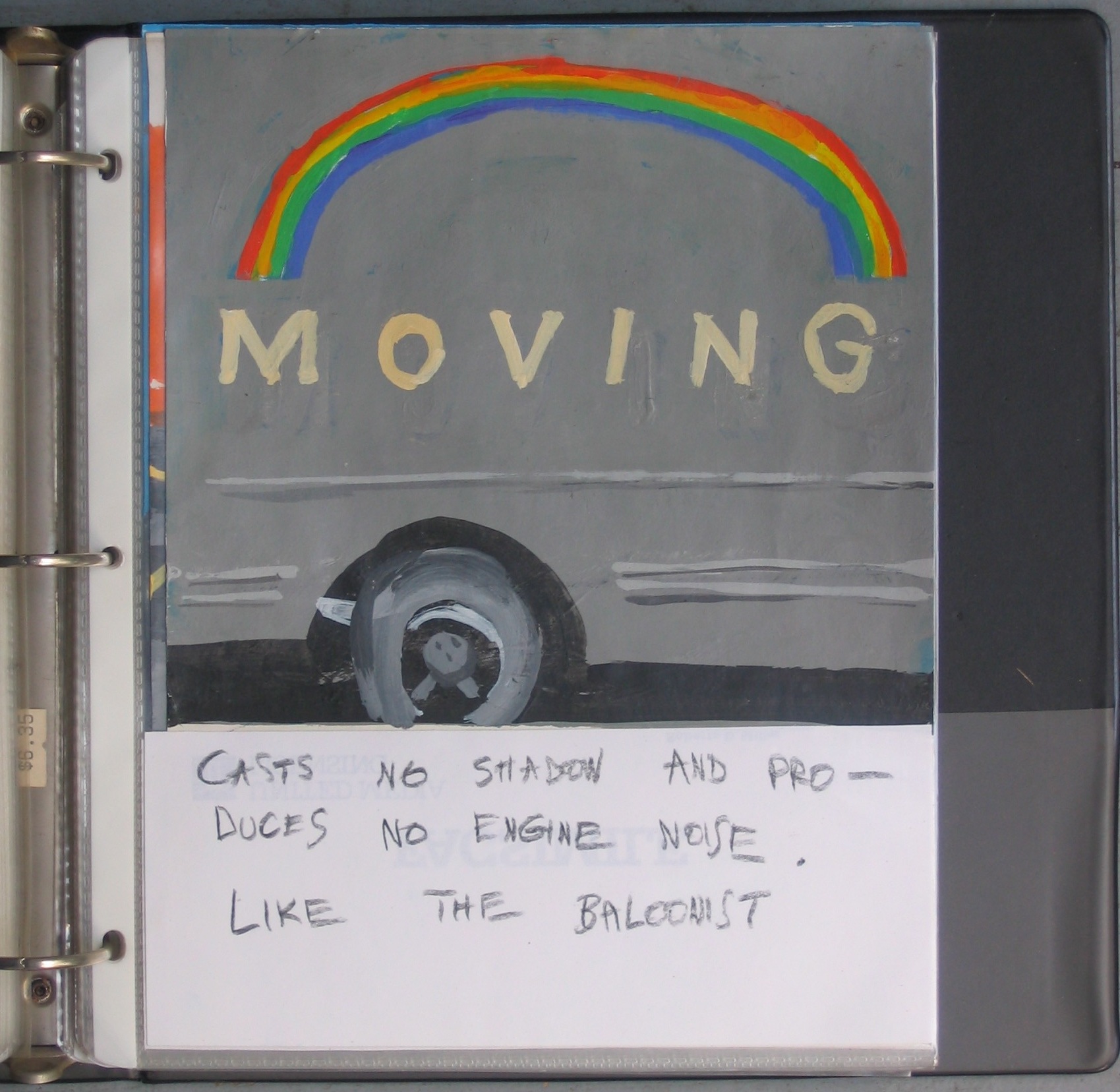

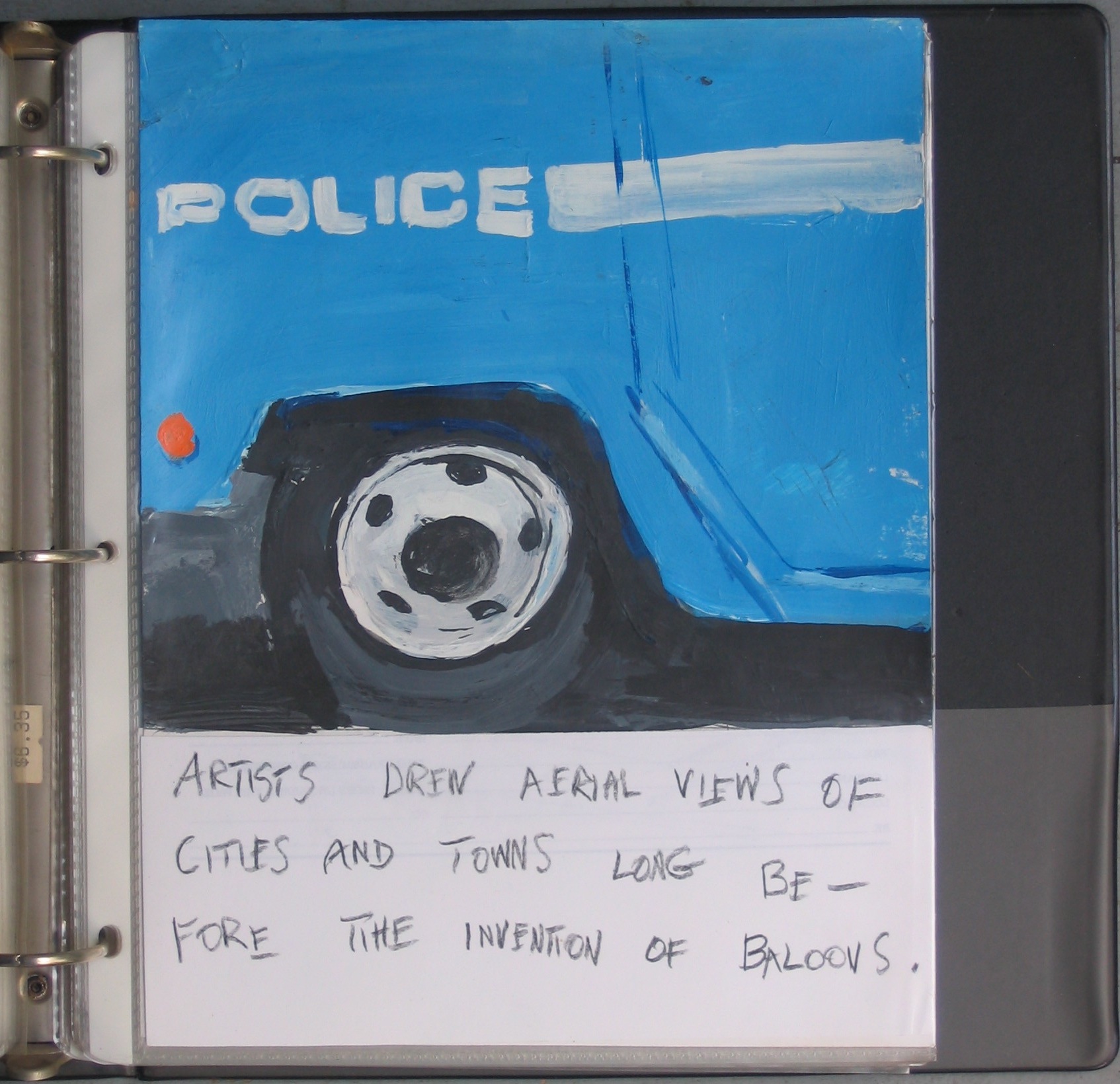

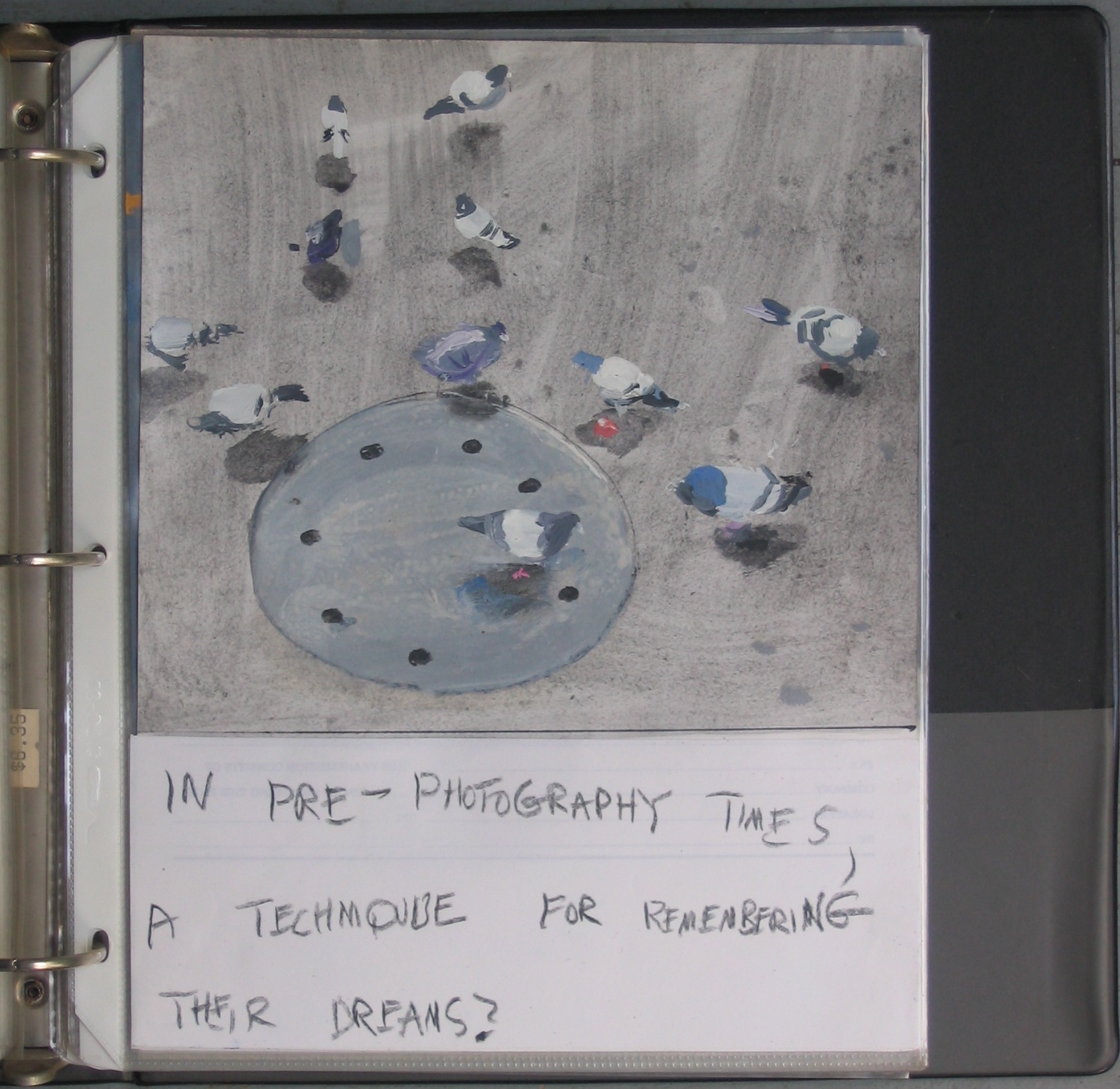
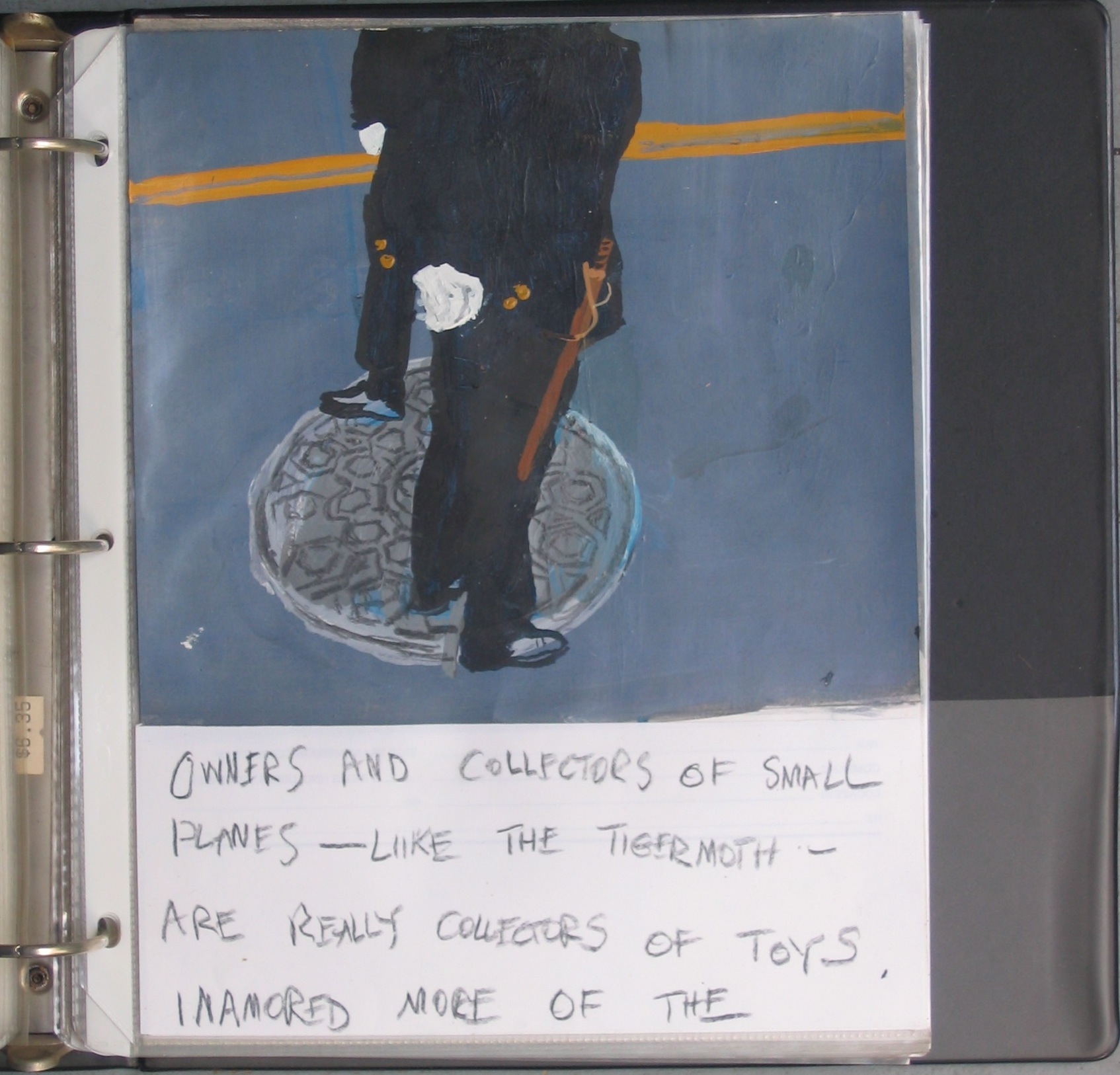
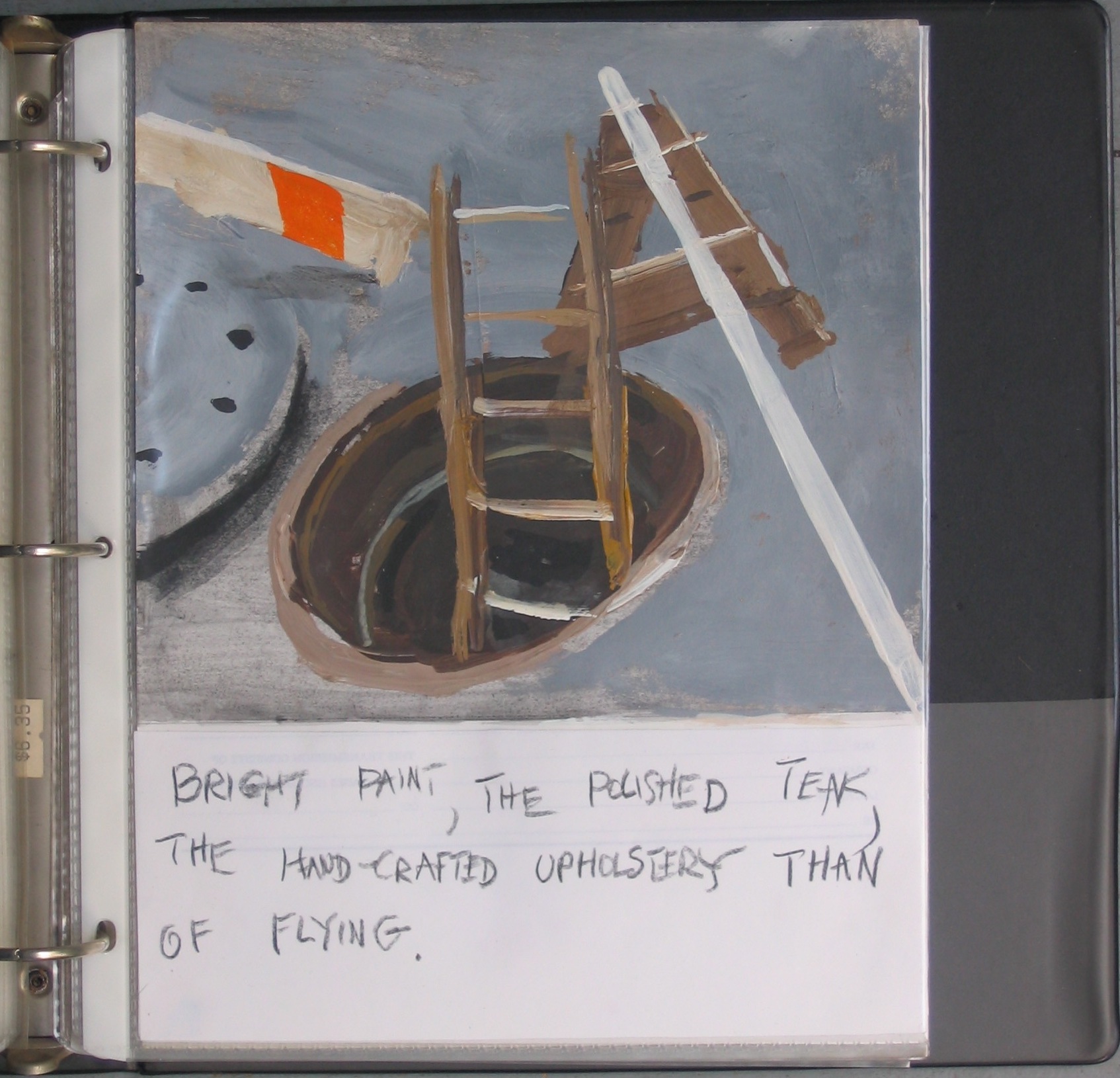
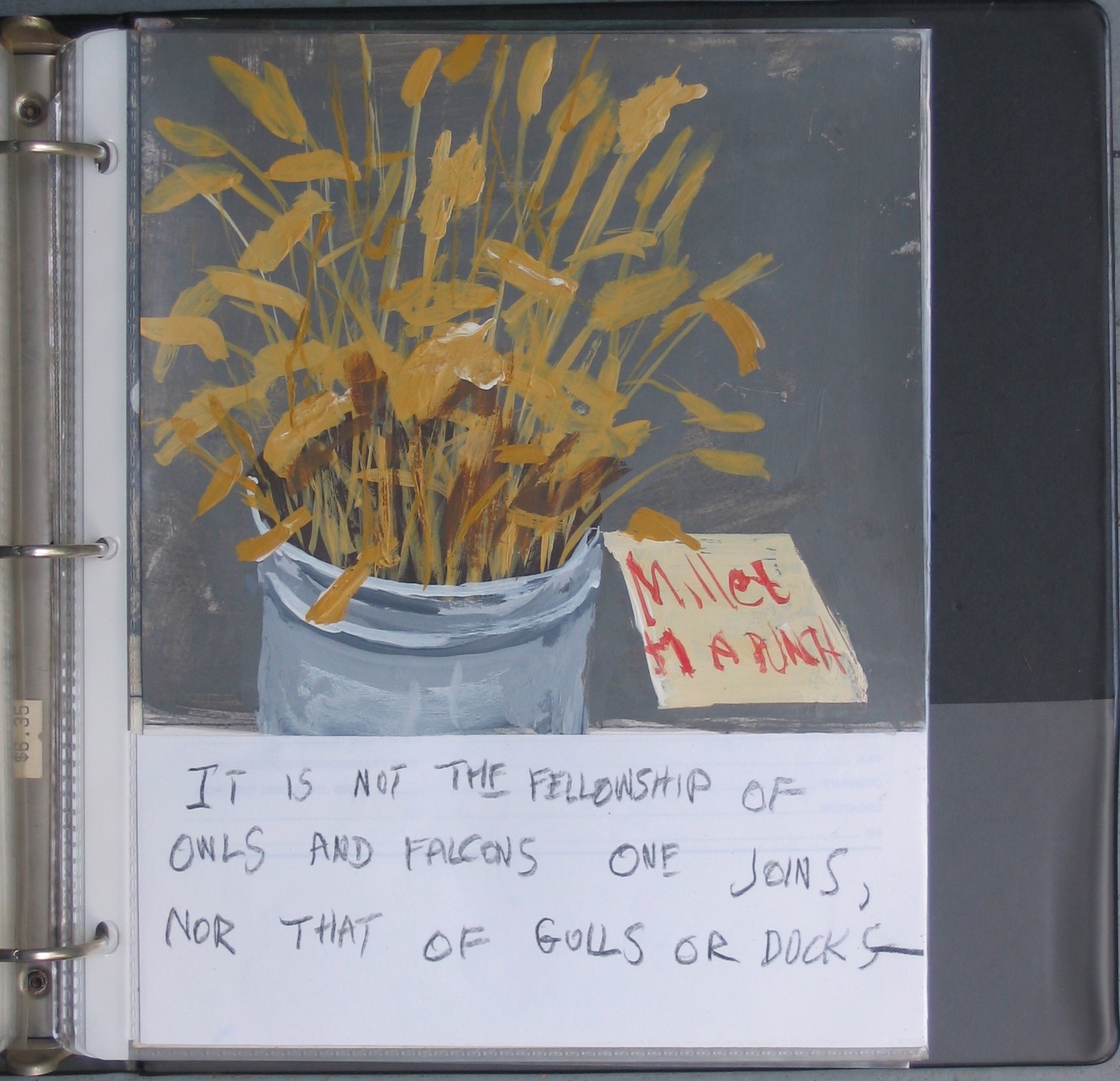

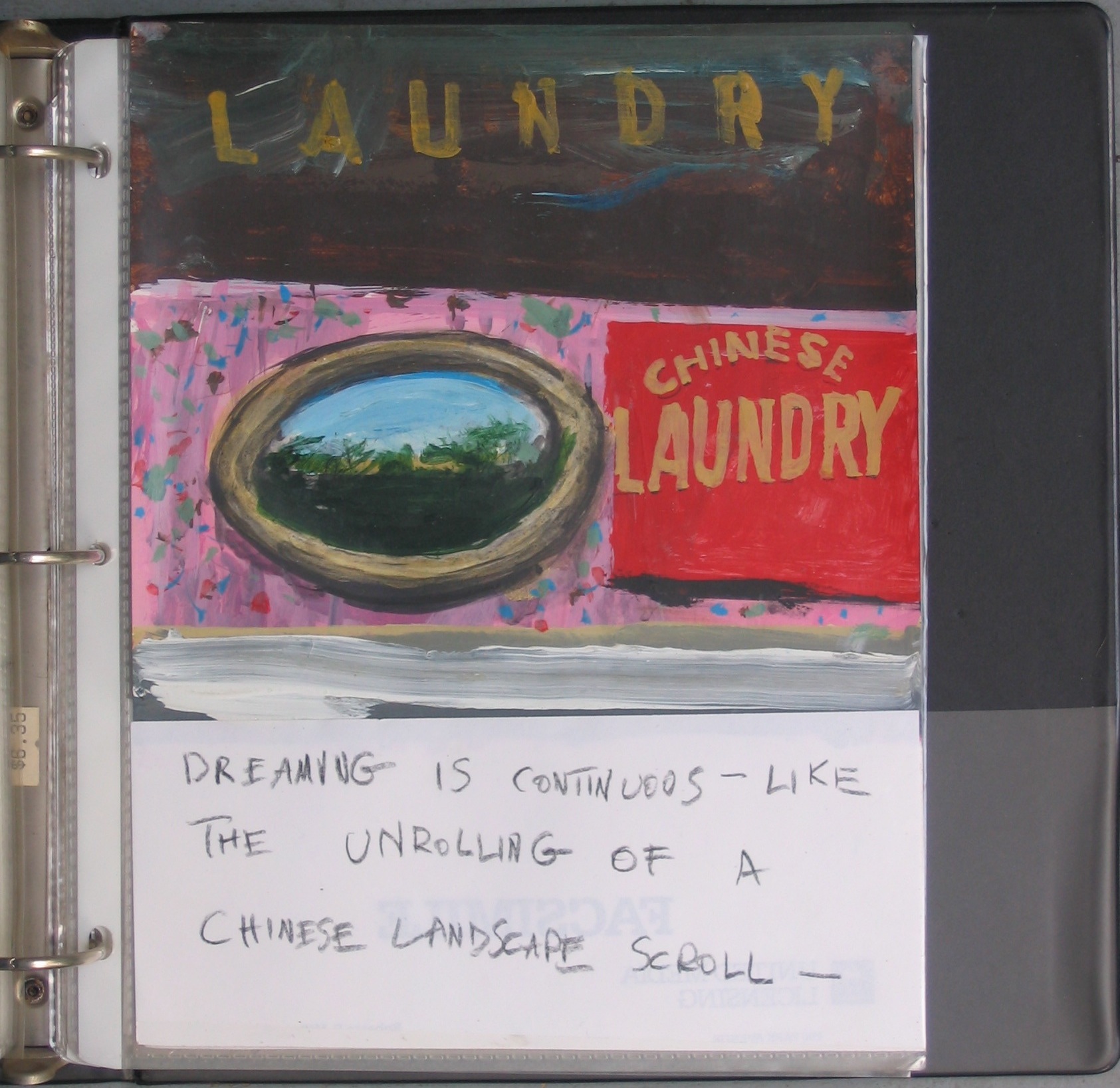
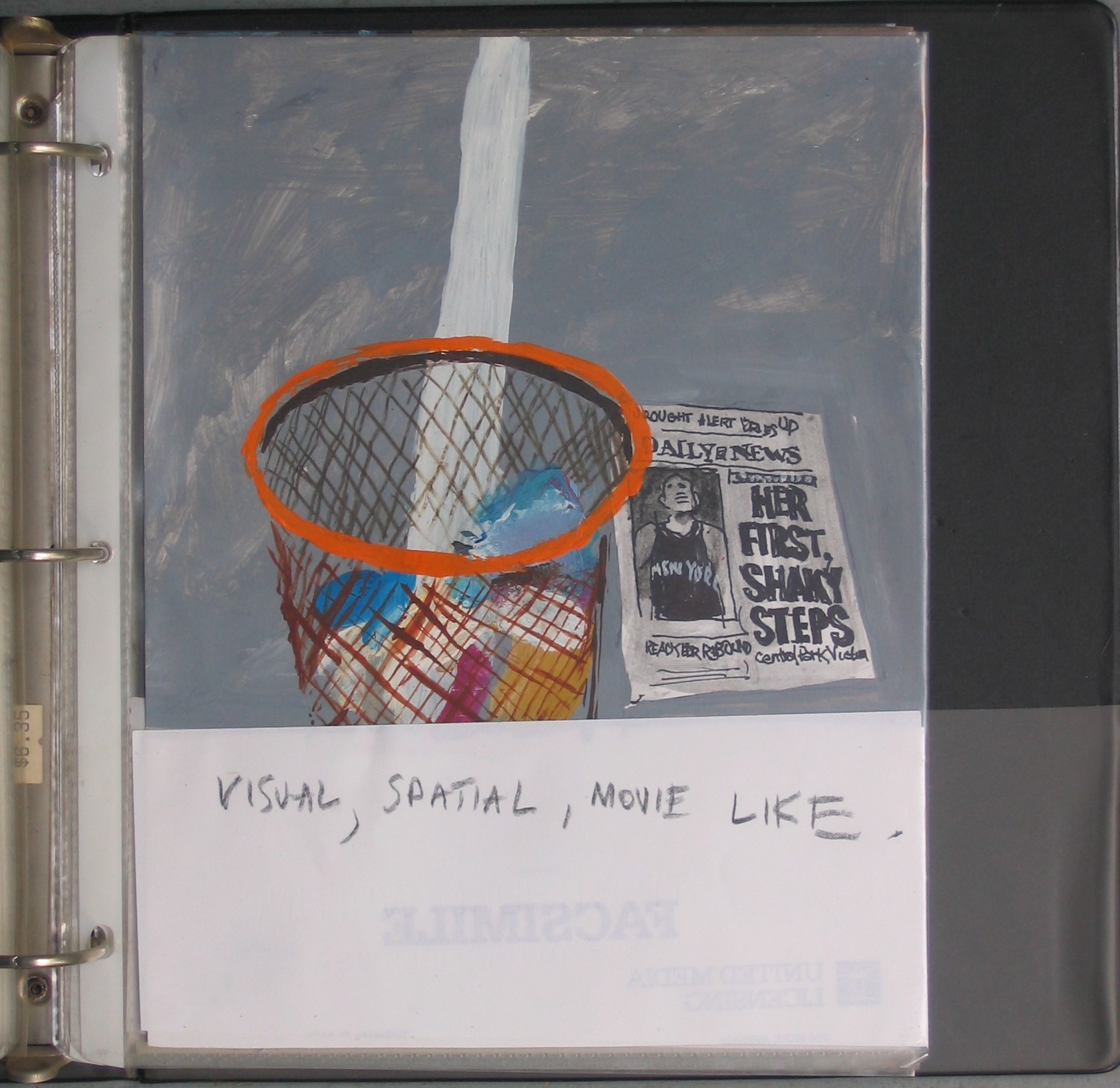

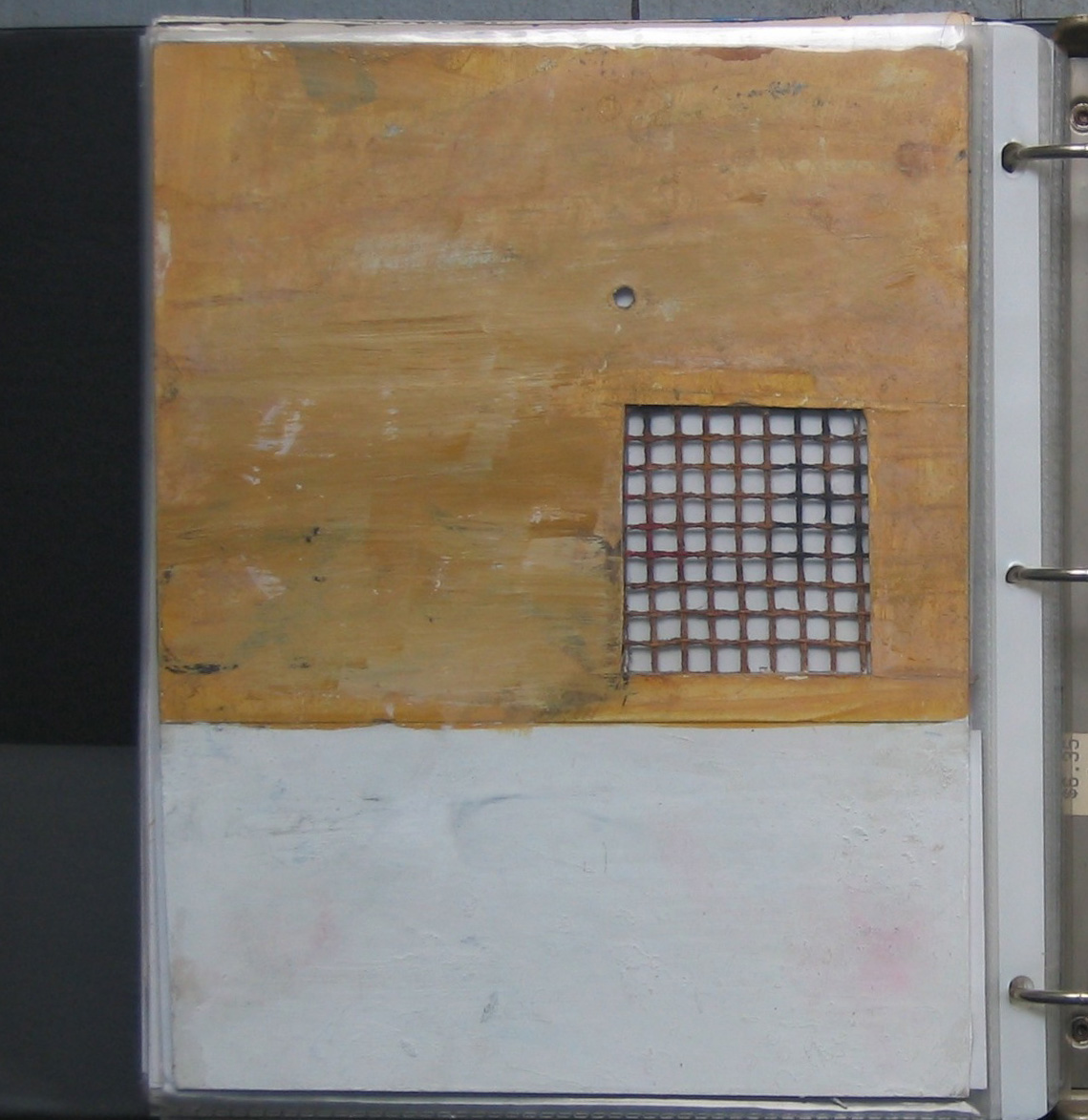
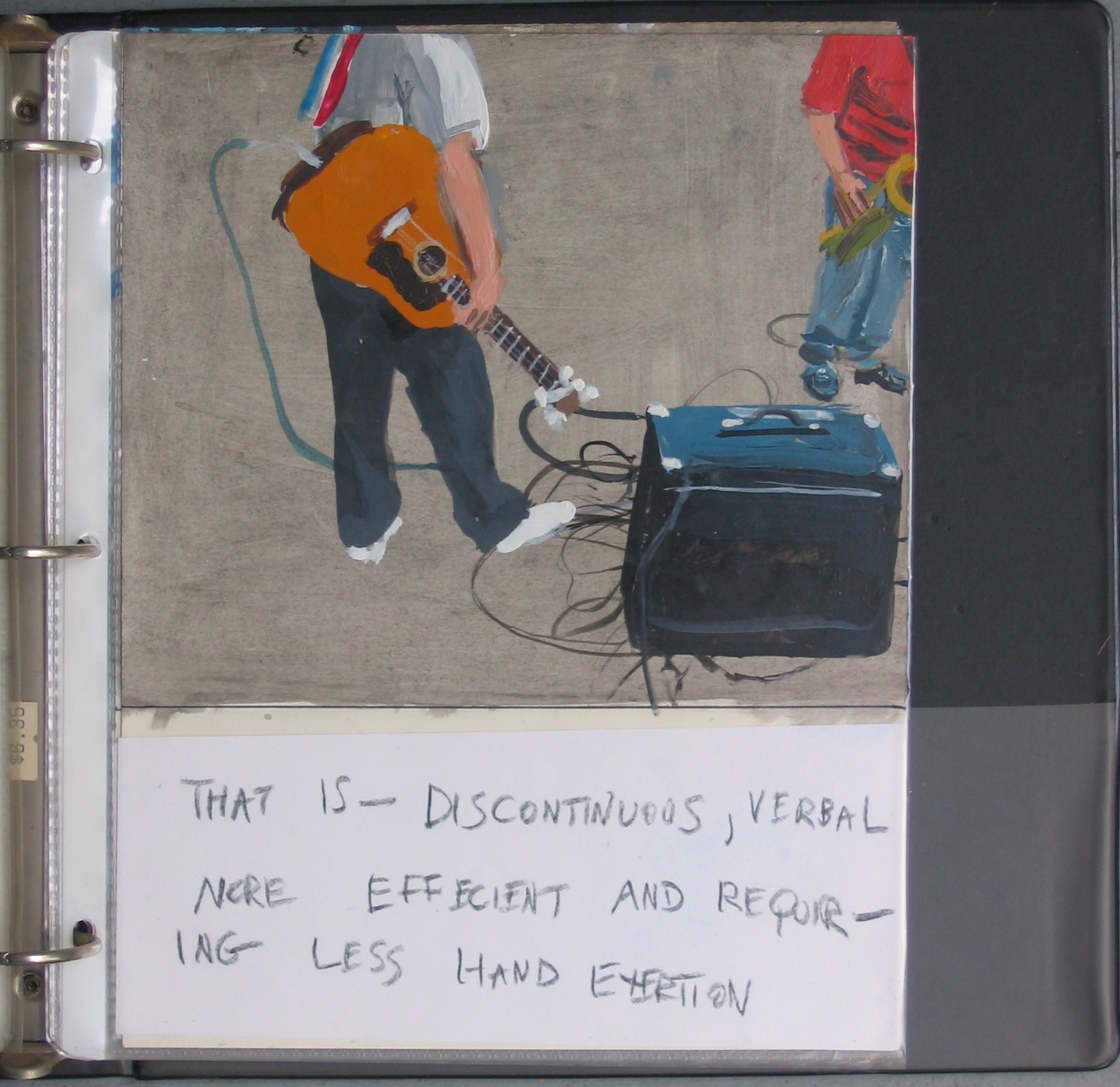
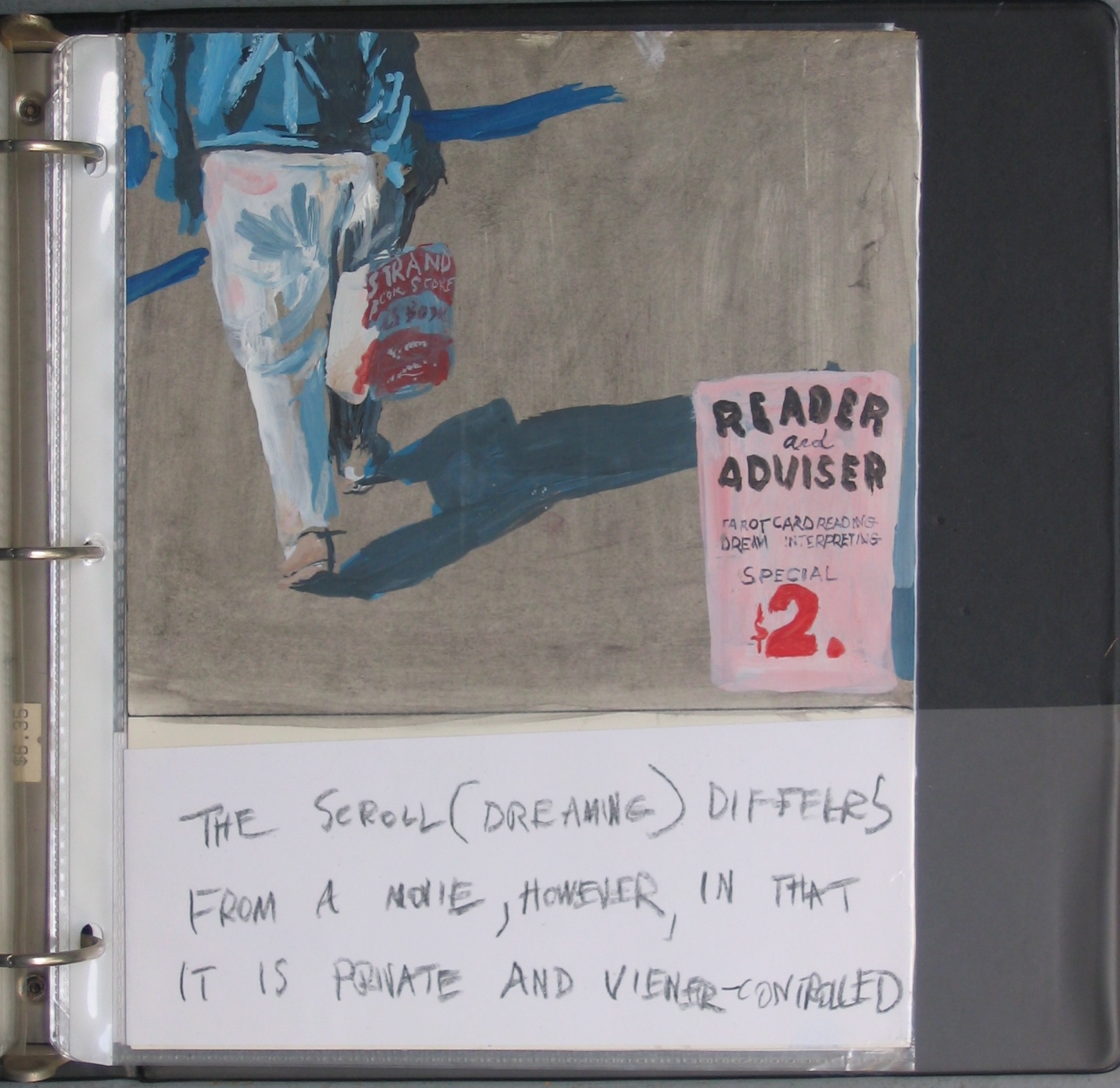
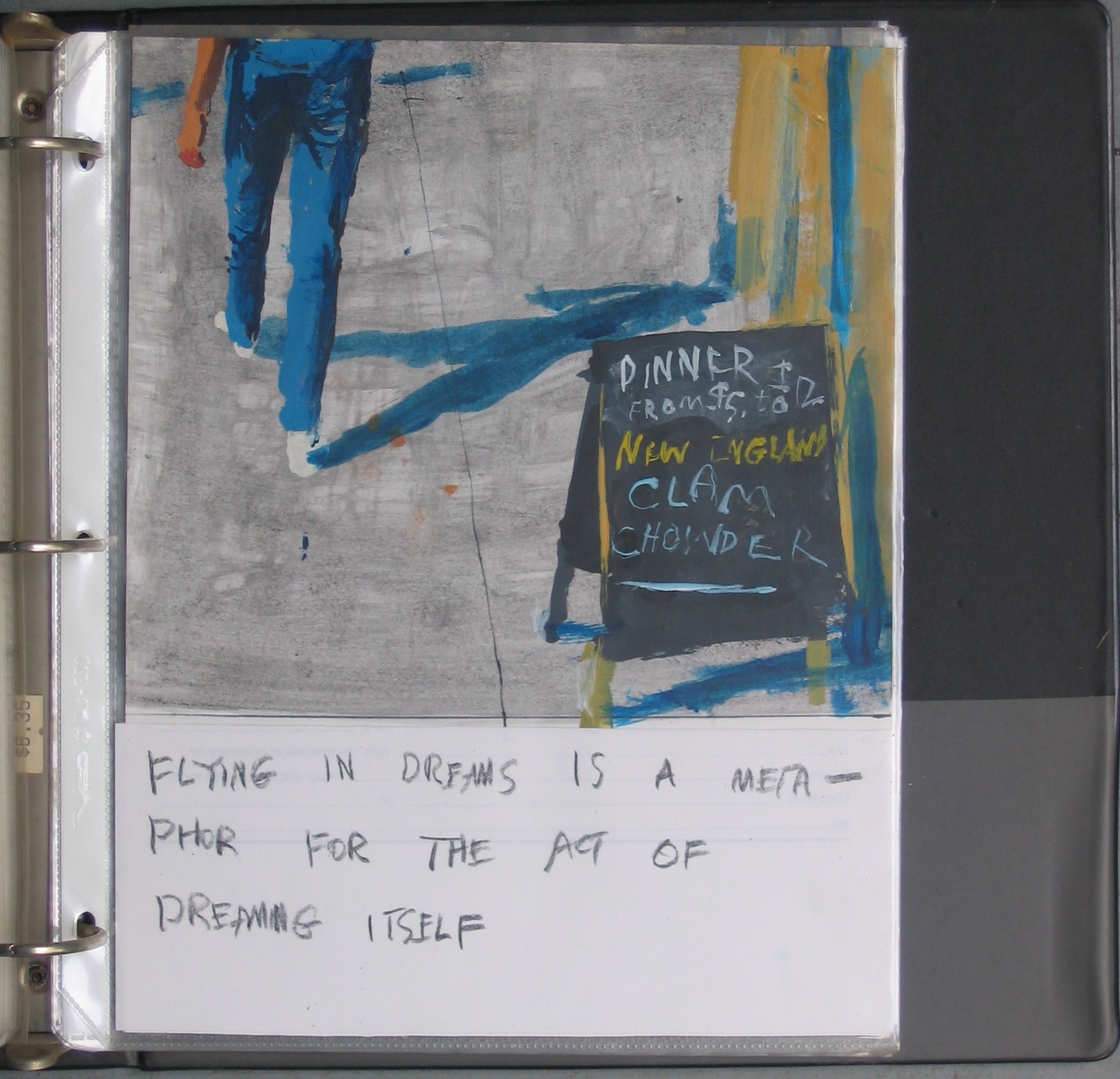
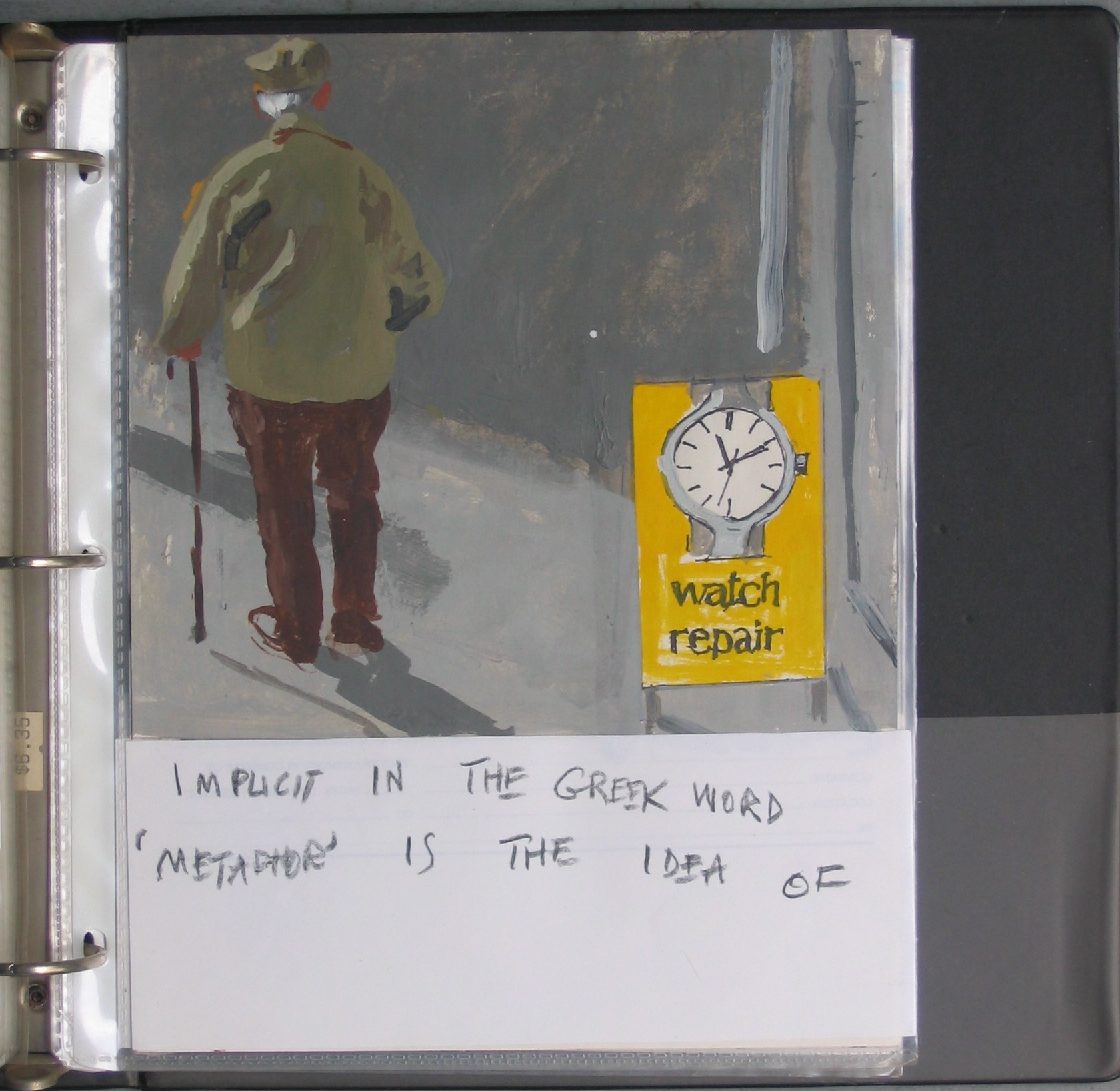
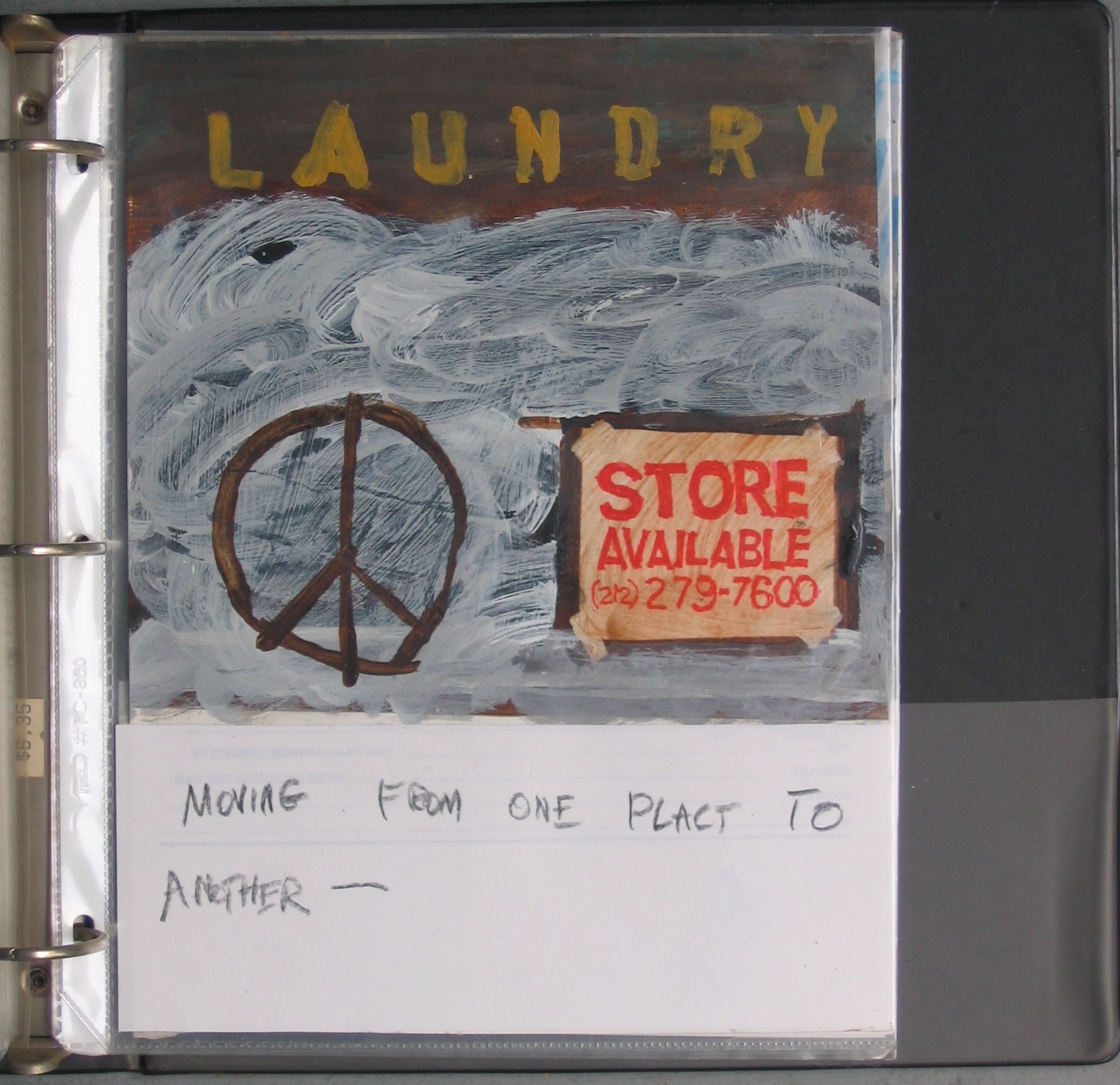
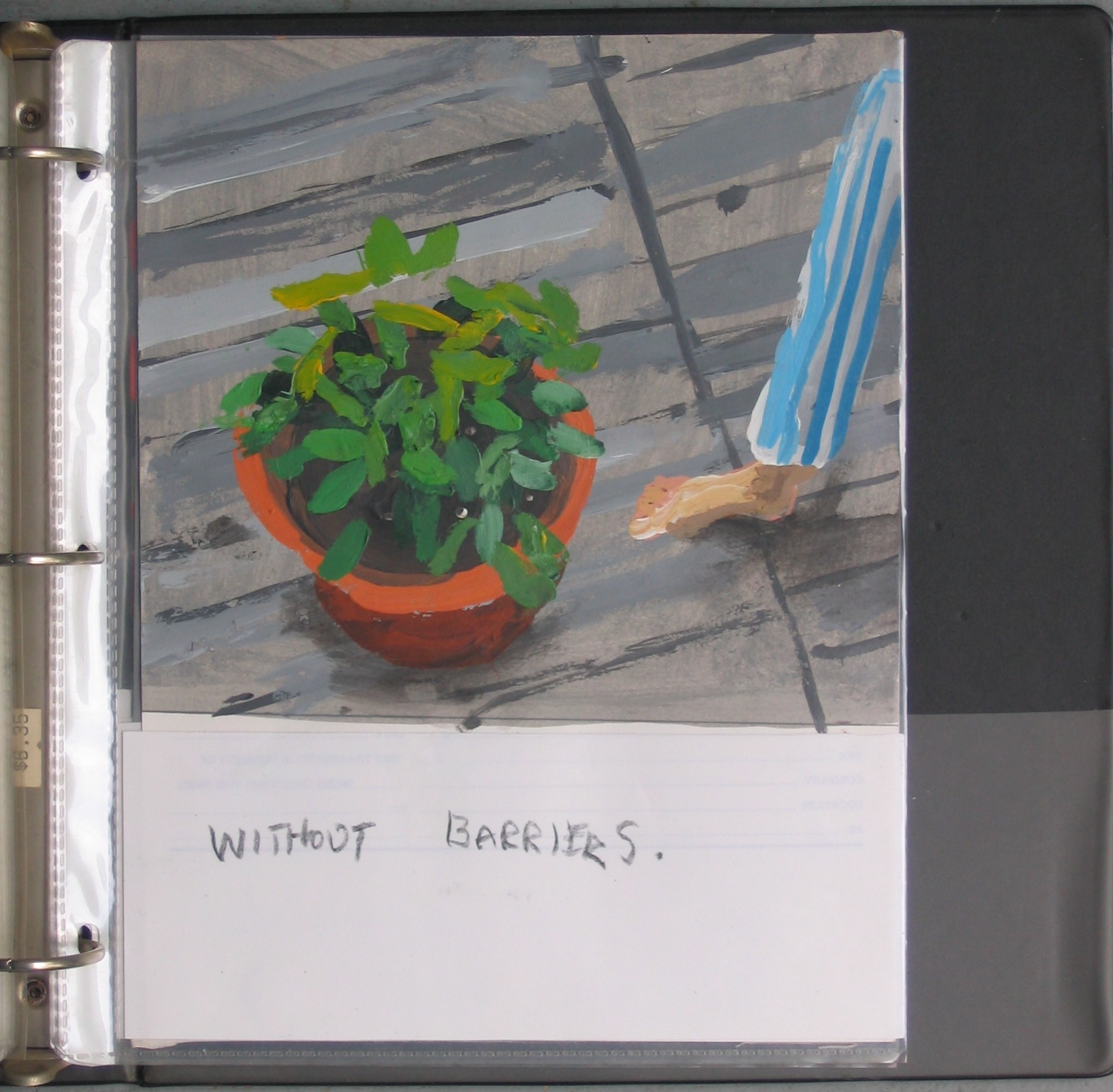

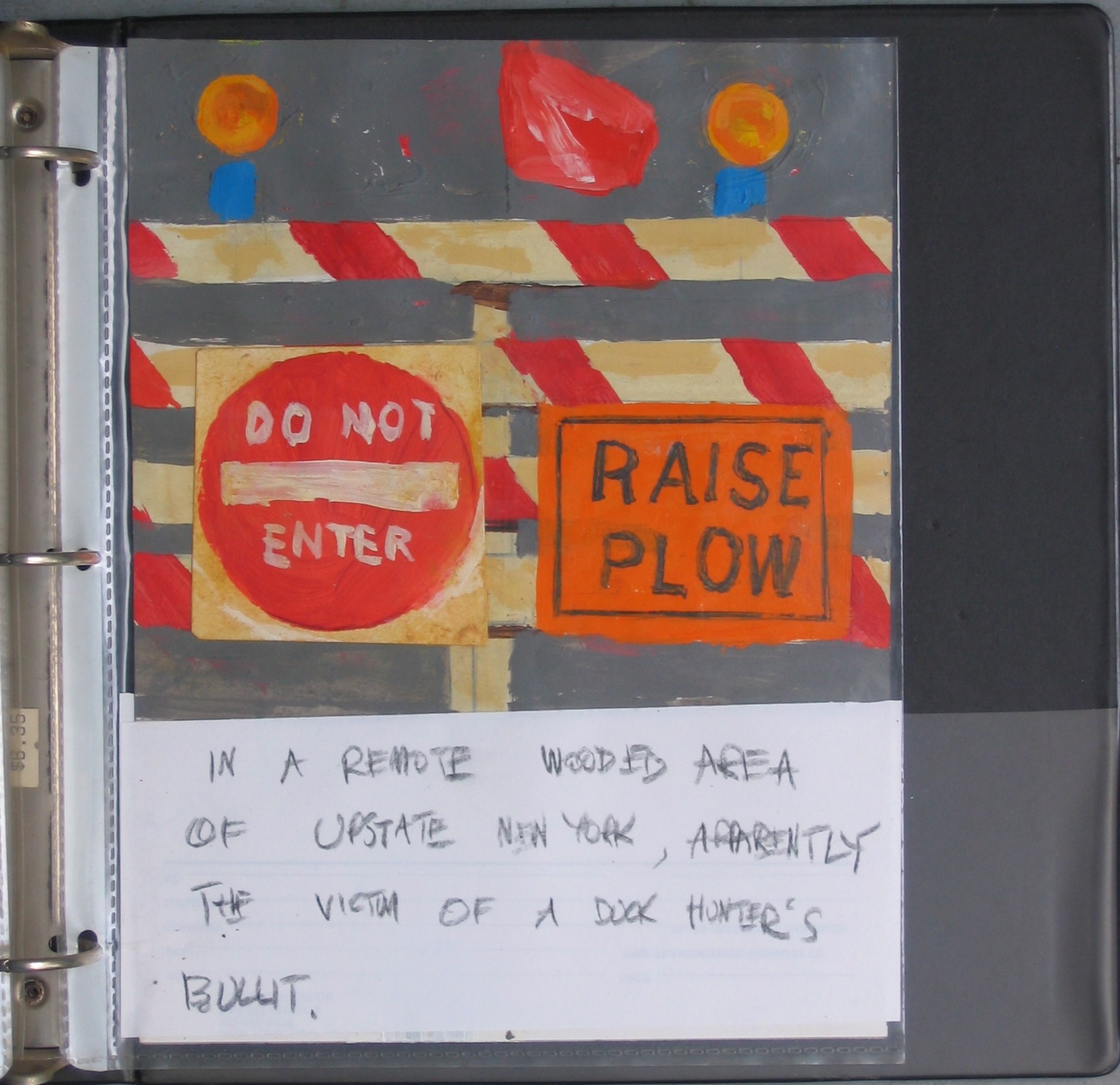
The end … and the Weave-Page
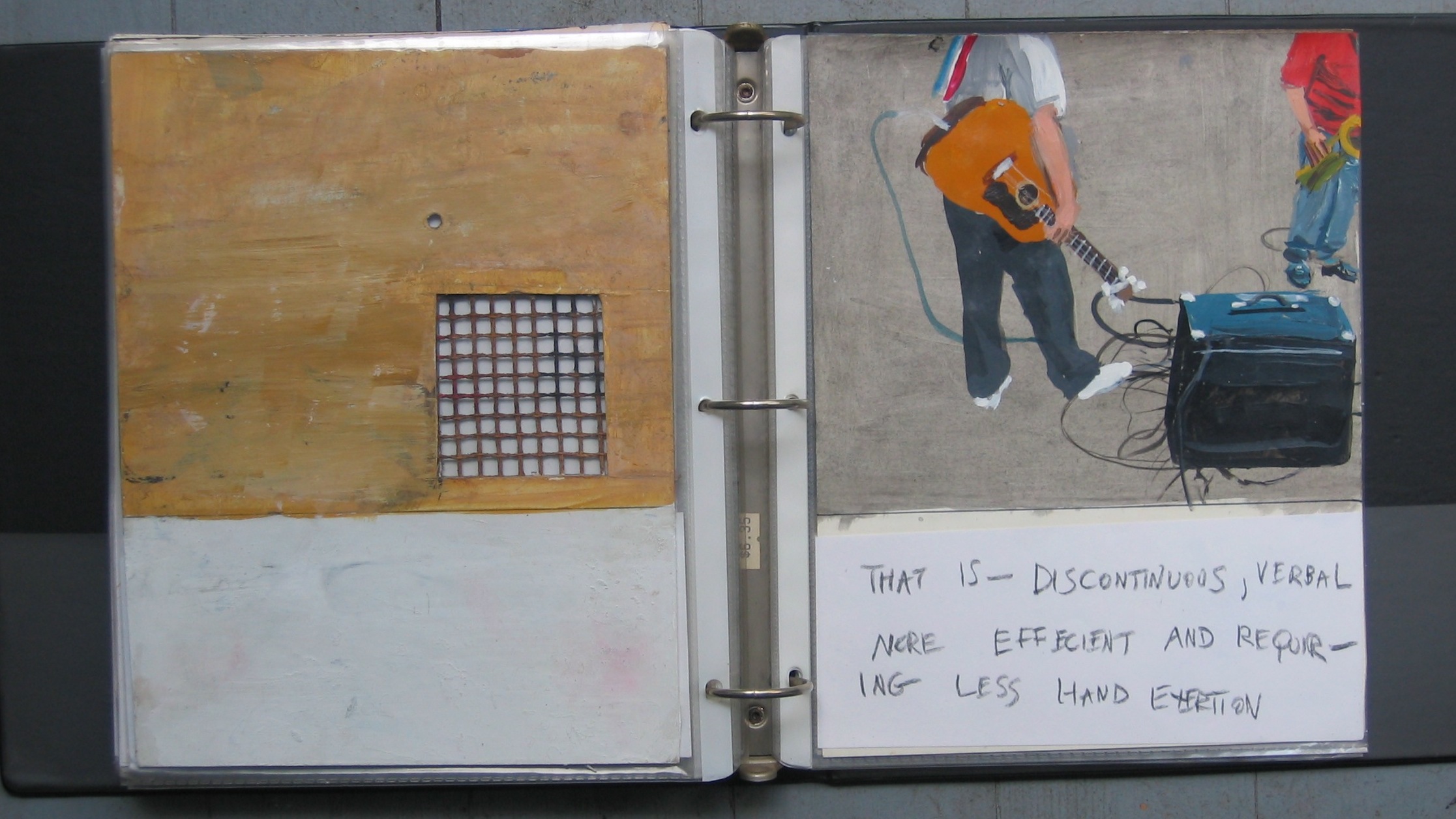

All images © The Estate of Robert Weaver
